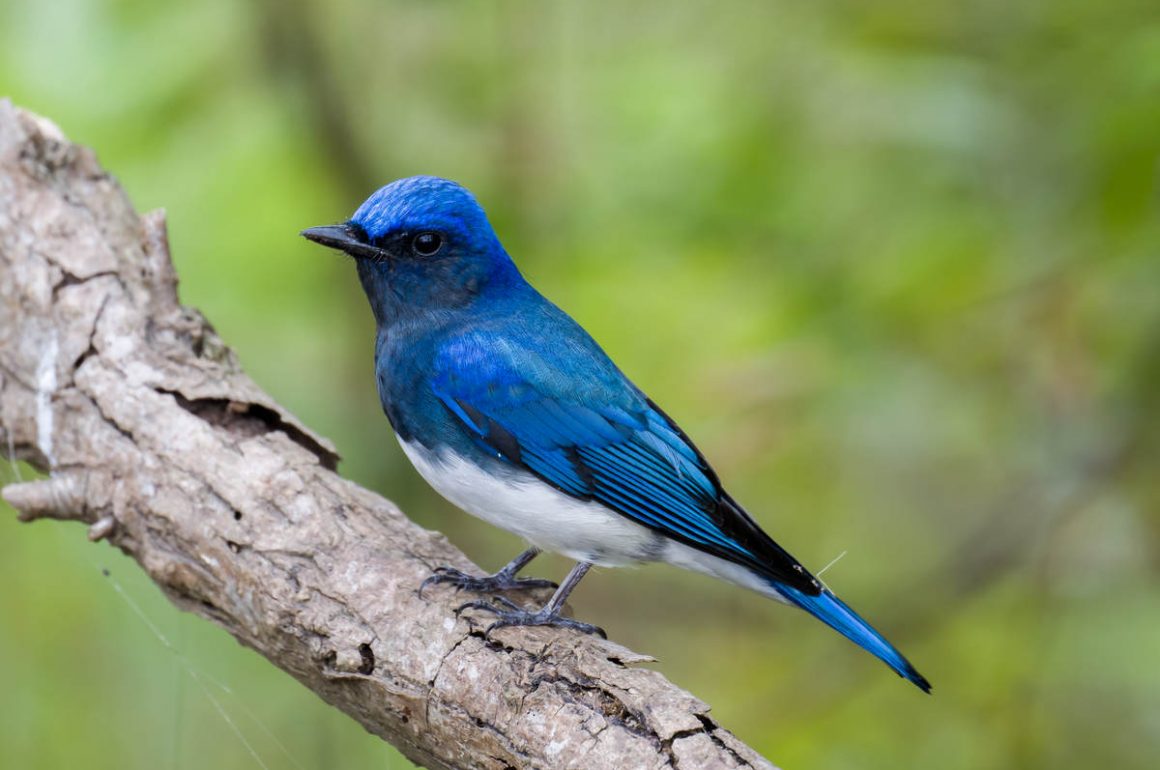
If you are an ornithologist who for whatever reason wants to visit Rome, you may want to consider asking for a grant to write a paper on “The Feeding Behavior of the Black Kite (Milvus migrans) in the Rubbish Dump of Rome”
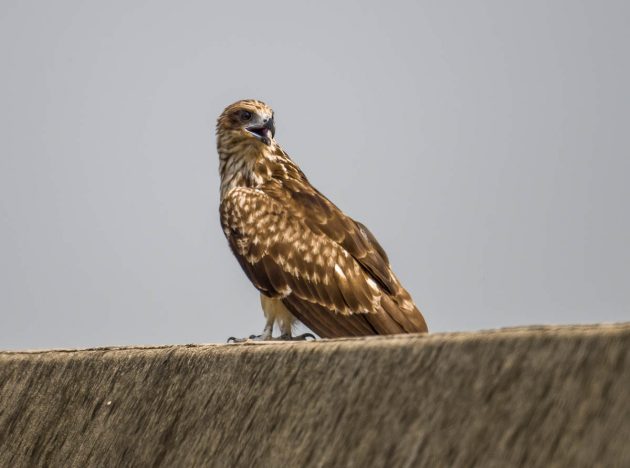
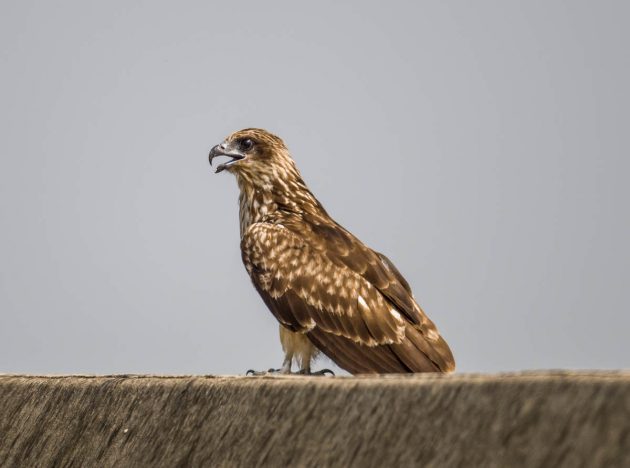
According to this paper, the majority of Eurasian Kestrel found breeding in urban sites in Israel used open-type nests, especially flower pots on windowsills. This is not really an option at Nanhui though.
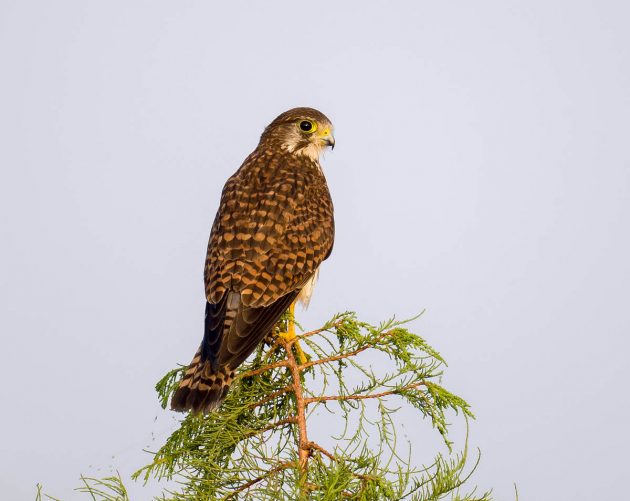
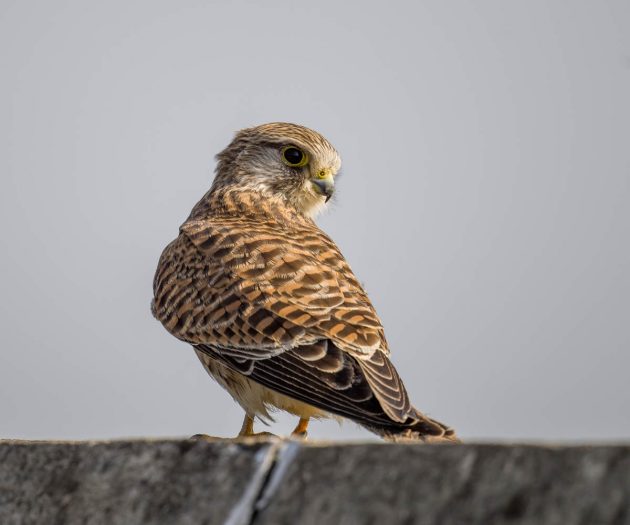
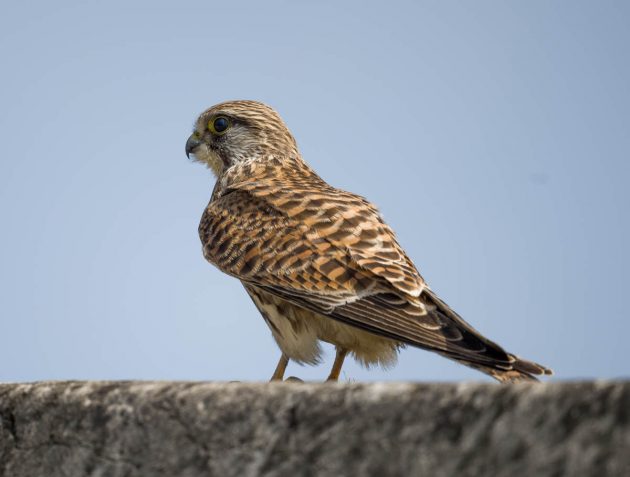
The third raptor of the month was the Black-winged Kite.
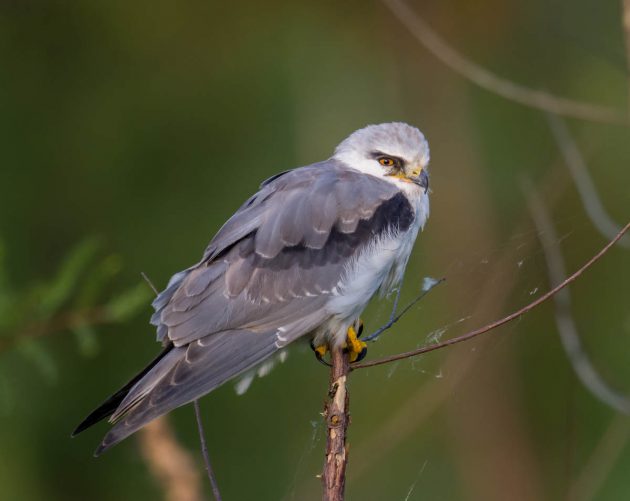
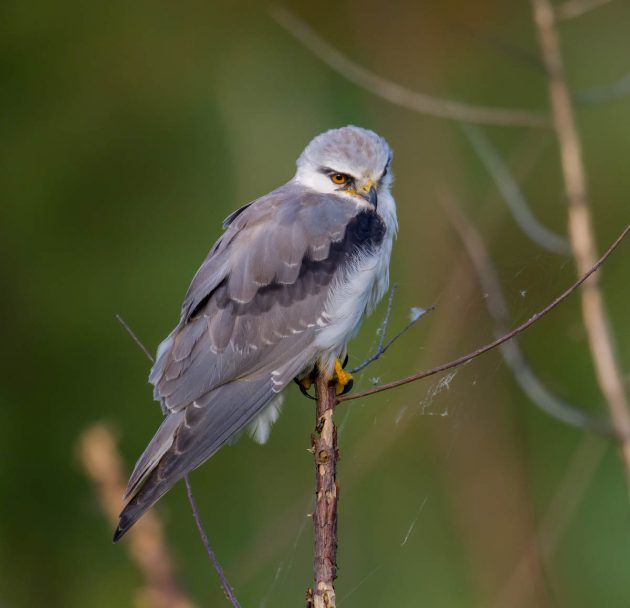
The fourth and last was the Crested Honey buzzard – a beautiful male. The name is a puzzle though – even the HBW states that the bird has “small or no crest”. These photos were taken on Sep 26, indicating that the birds passed Shanghai rather late (according to the HBW, “autumn migration from early to late Sept”).
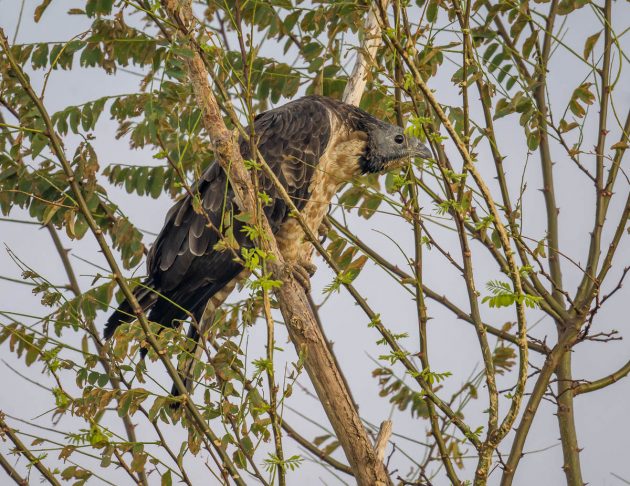
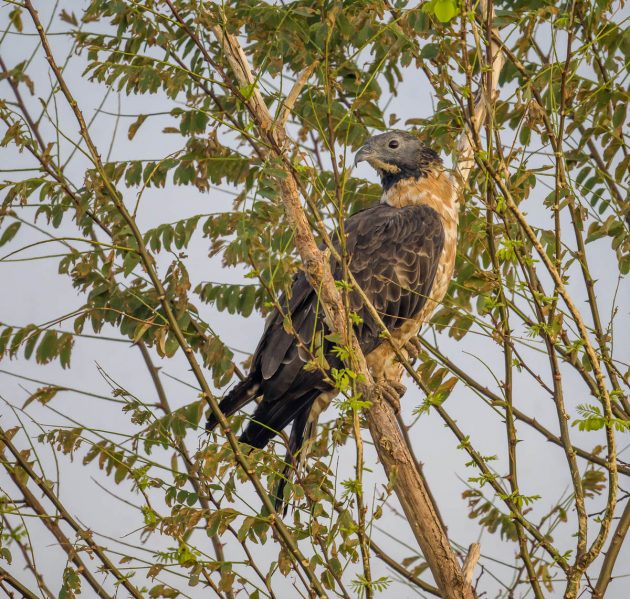
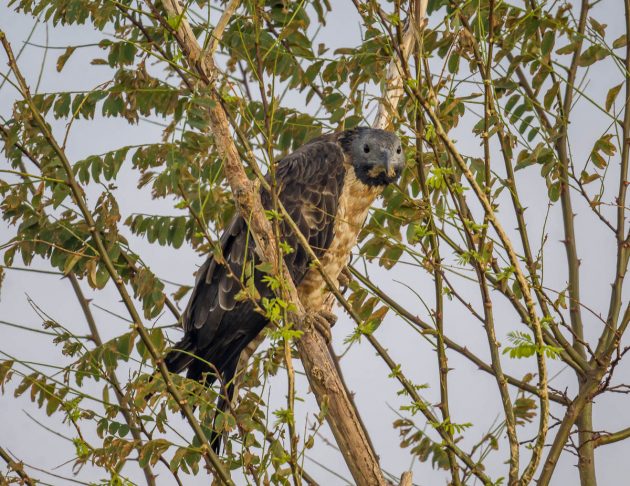
The Japanese Paradise Flycatcher is listed as Near Threatened. The ongoing destruction of Nanhui, where the species can frequently be seen on migration, certainly will not help.
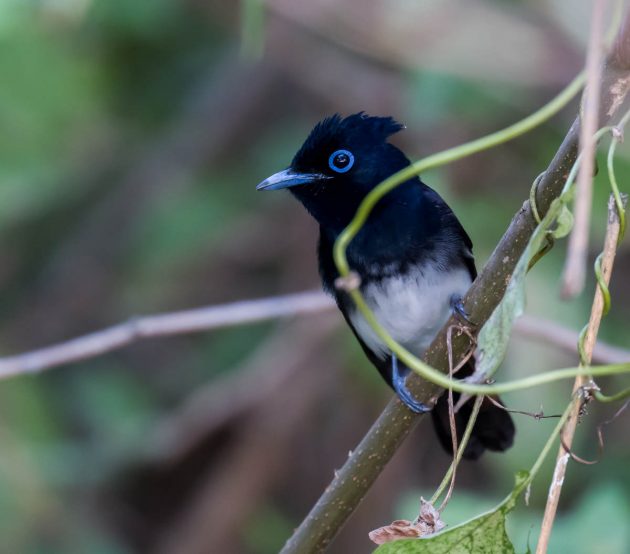
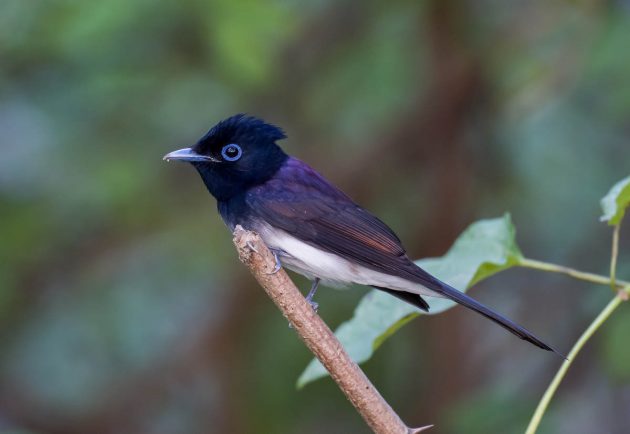
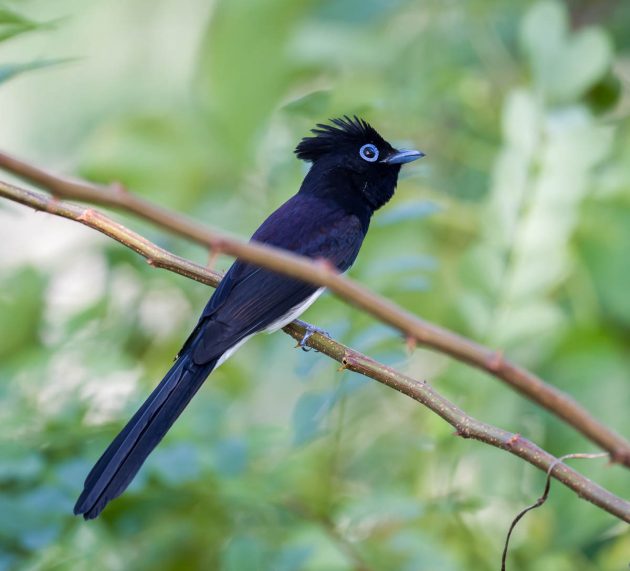
A very recent (2022) paper describes the migration route of a Blue-and-white Flycatcher. The bird “spent five months on Mindoro Island in the Philippines during the non-breeding season and migrated through Taiwan, the Chinese east coast, and the Korean peninsula” and on to the Russian Far East (indicating a certain lack of solidarity with Ukraine).
This is the dark blue adult male (also shown on top of this post).
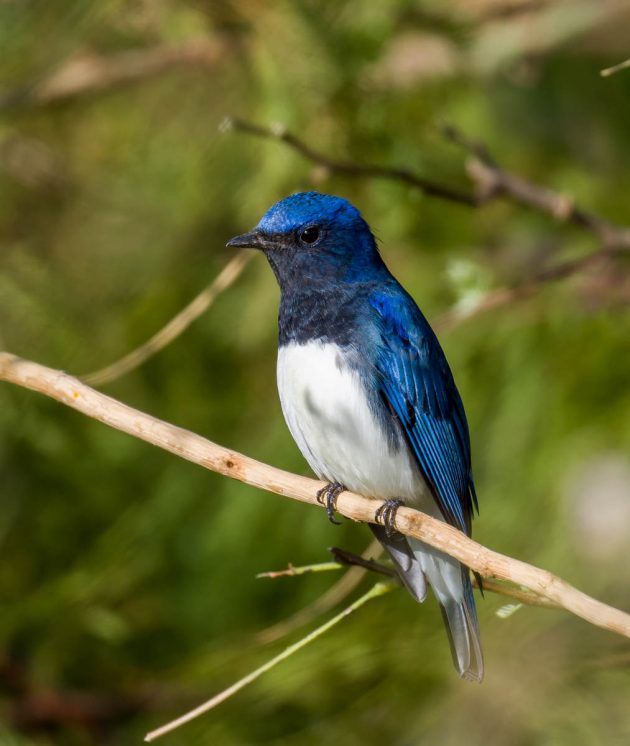
The female.
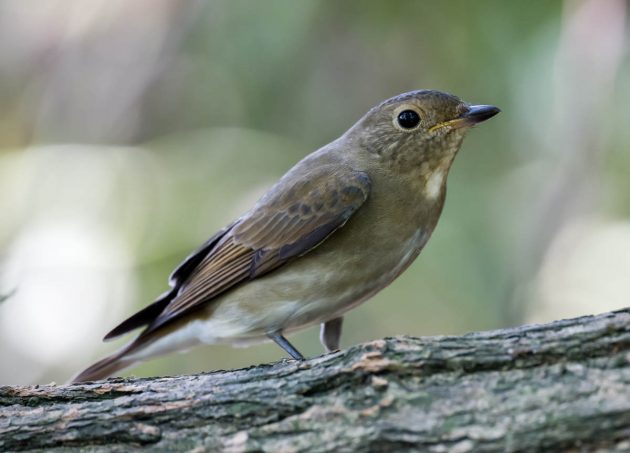
An immature male, still studying how to work on its blue color.
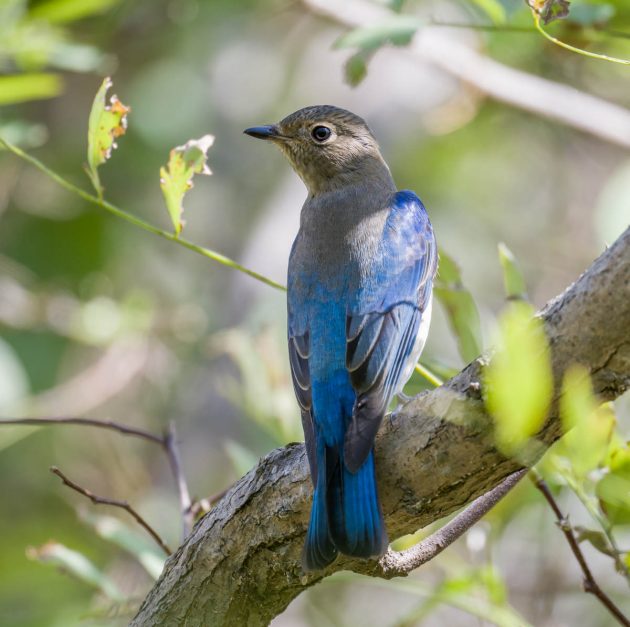
Judging from the facial expression of this White-shouldered Starling, I would rather not have an annoyed bird of this species as a roommate.
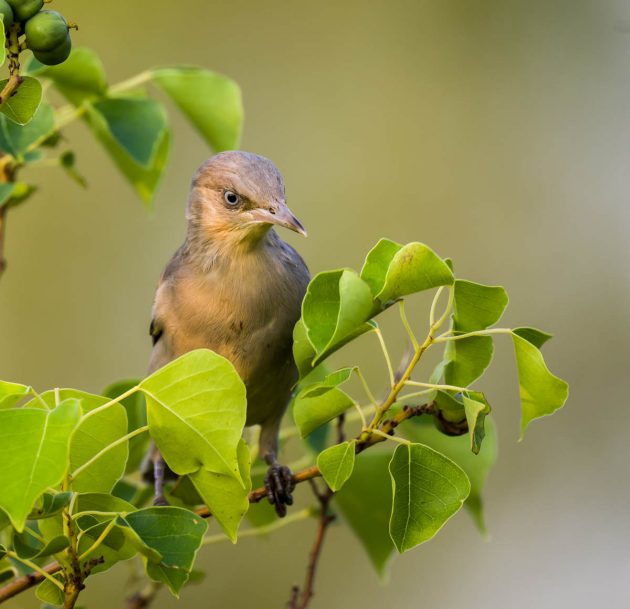
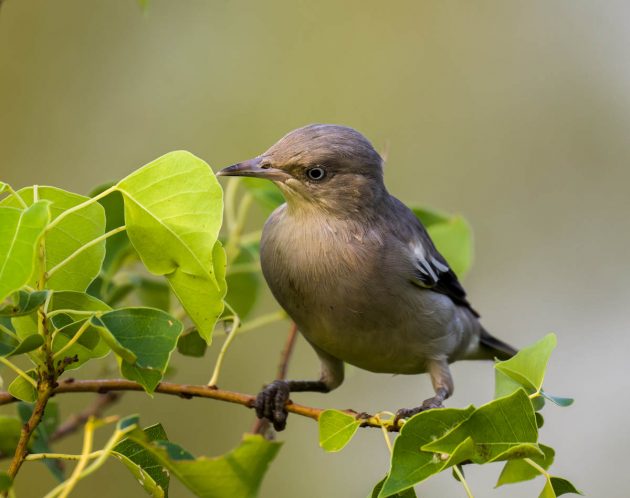
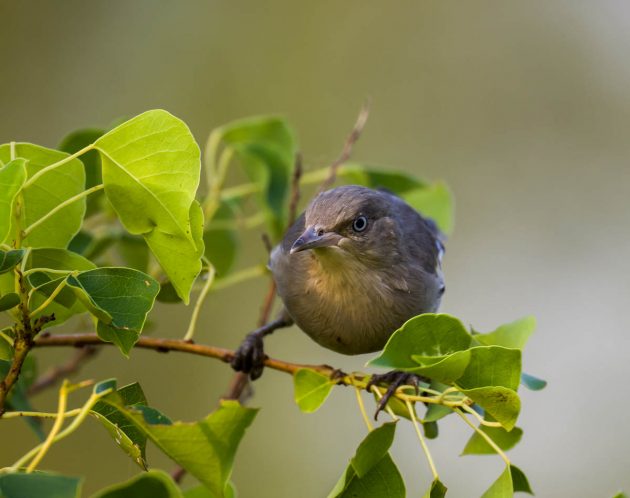
The Black-collared Starling used to be quite rare here but has recently been seen more frequently. The bare yellow skin around and behind the eyes gives it a slightly vulture-like appearance.
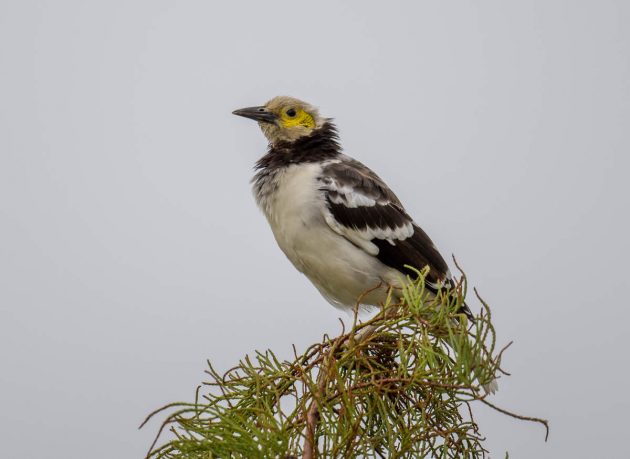
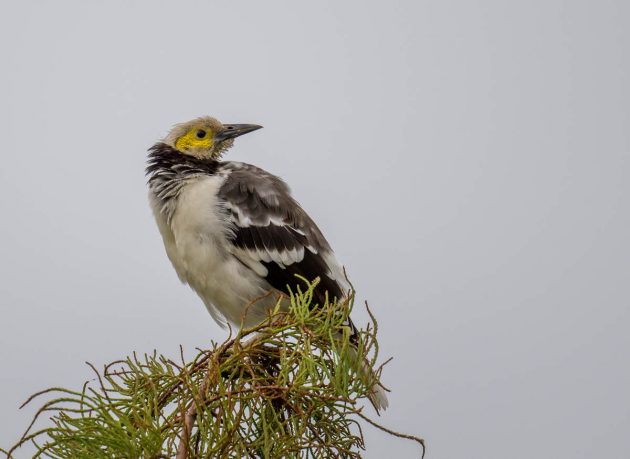
The Red-billed Starling is quite common in Shanghai.
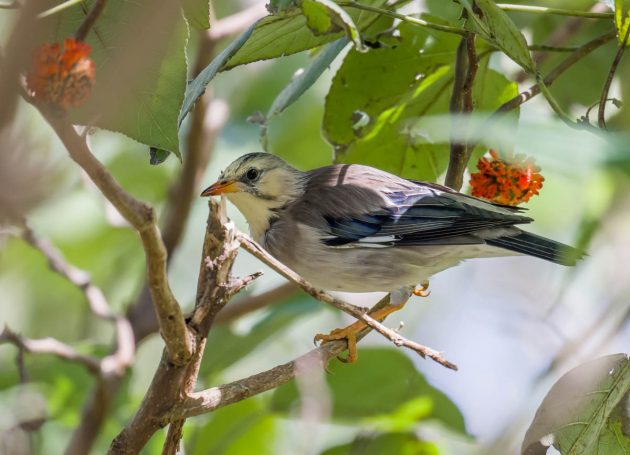
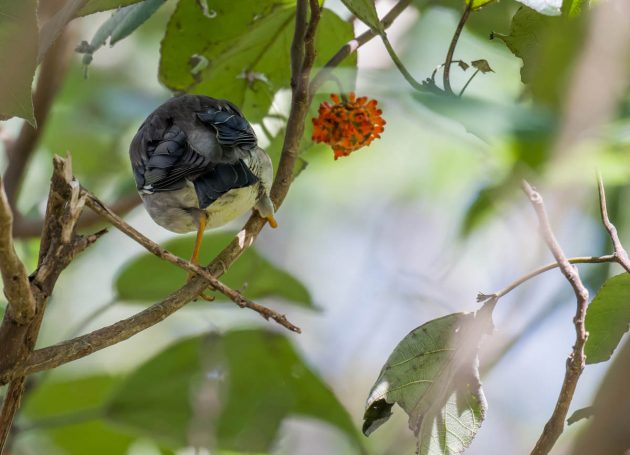
As is the White-cheeked Starling.
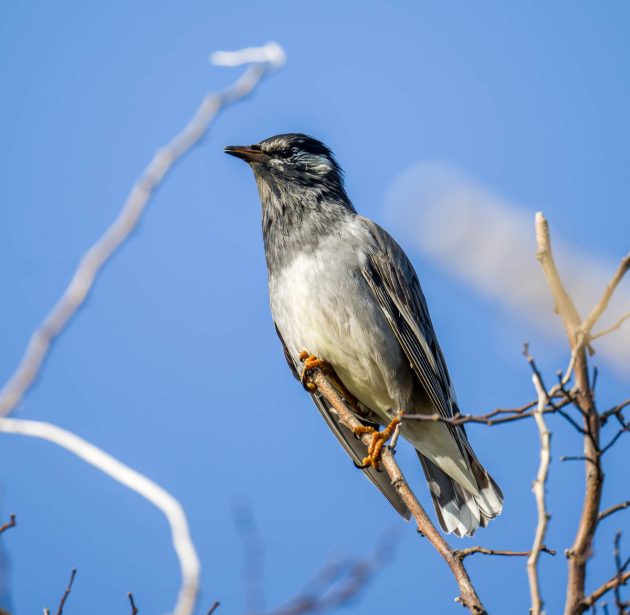
Predictably, the Wikipedia article on the Asian Stubtail is short and thus ends with the usual sentence of such entries: “This Cettiidae-related article is a stub. You can help Wikipedia by expanding it.” I am not sure they are aware of their own joke there.
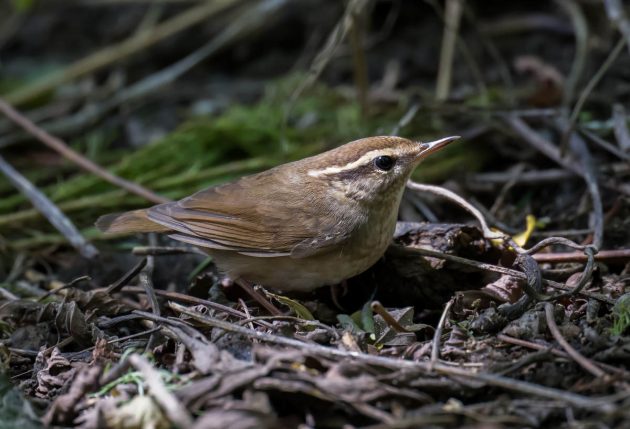
Contrary to common belief, the bird is actually named for its stubby tail rather than after its discoverer, the Welsh naturalist James Stub (1734-1783).
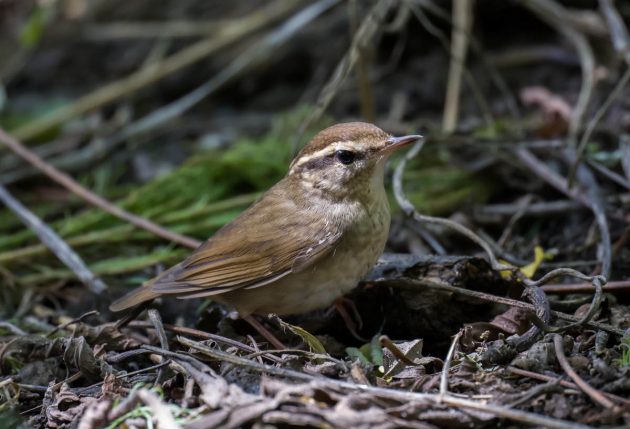
Chinese researchers have actually been able to identify individual Asian Stubtails on the basis of their songs (source).
When Red-necked Phalaropes pass Shanghai in autumn, a black-and-white photo is sufficient, as the red necks of the breeding plumage are gone. A bit unfair to Shanghainese birders, I feel.
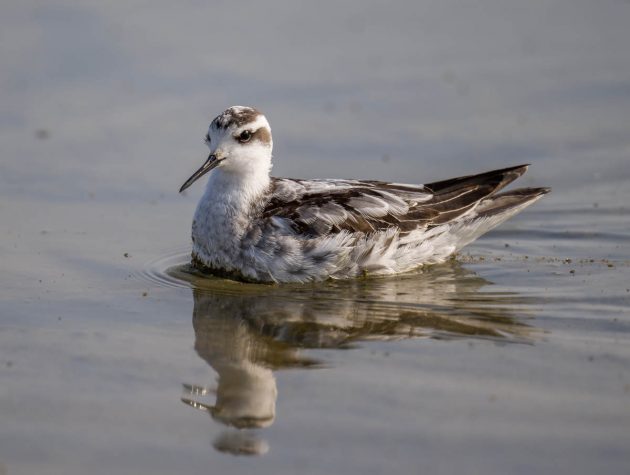
The species has reversed sex roles, with the males doing the incubating. However, for most of females, this is more theoretical than real – in a study, only 8% of females actually found a second mate. And that is not due to time restrictions – pair bonds lasted an average of 11 days …
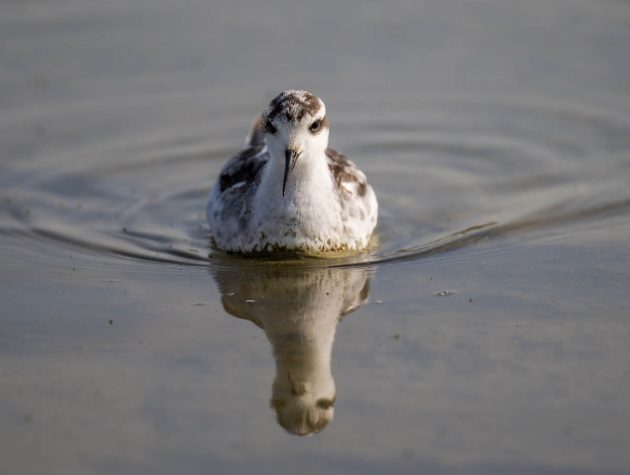
A few (apparently fairly ruthless) Pied Avocets have learned from cuckoos and parasitize their own species (source).
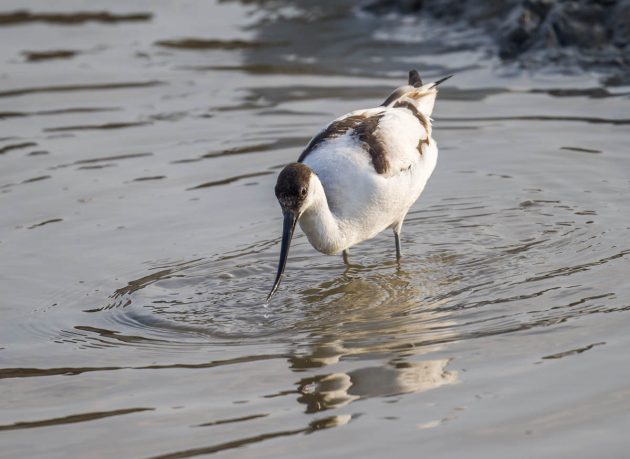
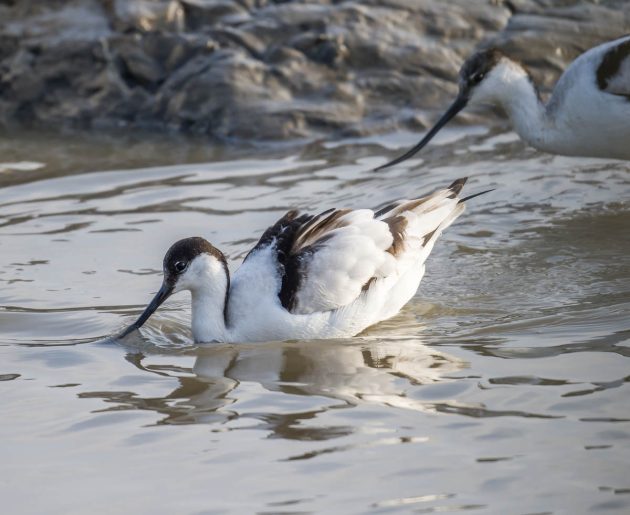
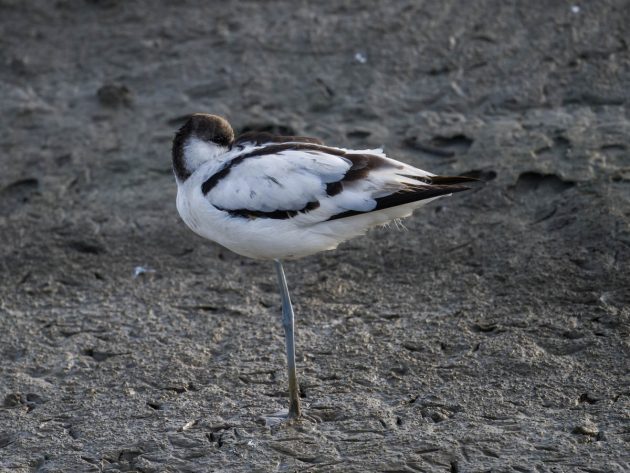
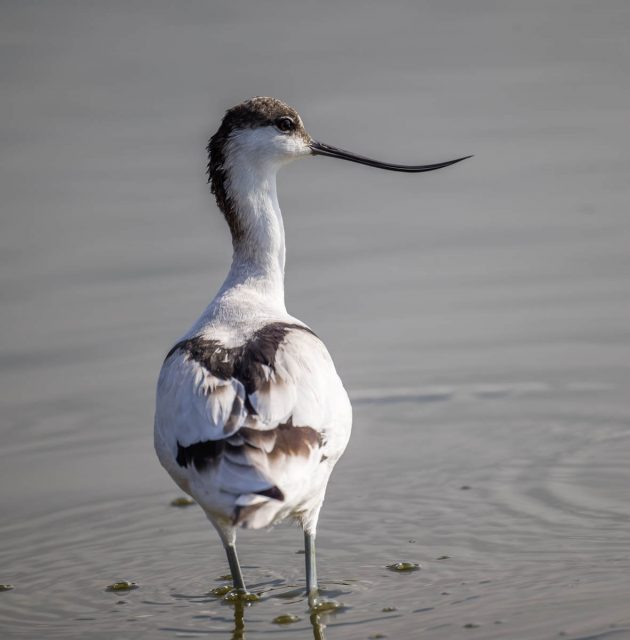
In another paper, the author shies away from calling Pied Avocets stupid but hints at this in a rather oblique way: “sub-optimal habitat selection by Pied Avocets due to an incorrect assessment of the potential for successful reproduction”. Sounds much nicer.
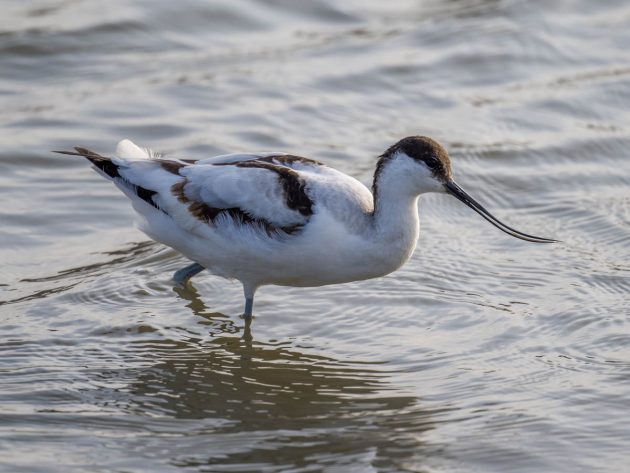
Had I not seen this Purple Heron land where it did, I doubt very much I would have seen it at all – and it is not a small bird.
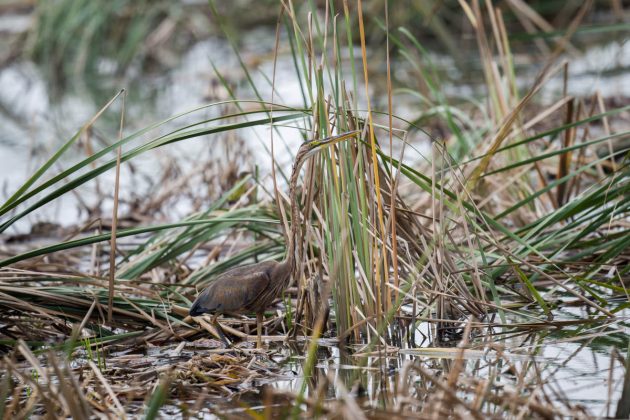
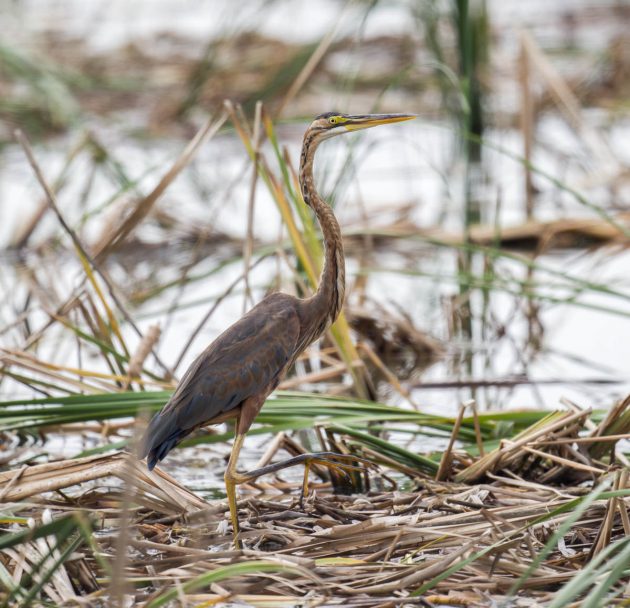
Eurasian Bitterns similarly try to stay out of sight.
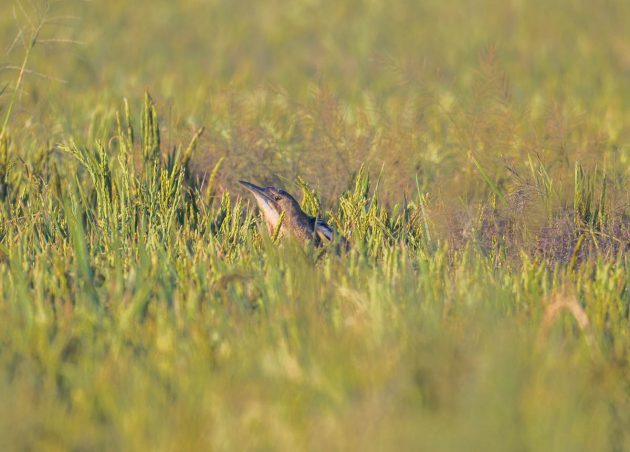
The Grey Heron is not as invisible, though it usually flies off the moment a camera is turned on it.
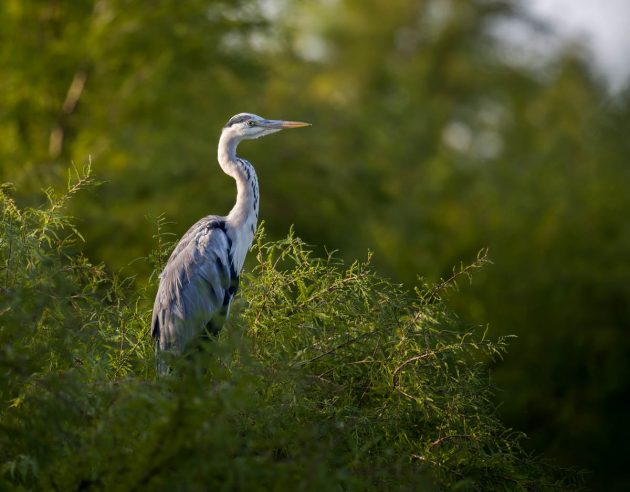
Similar to the situation among humans, among Grey-capped Greenfinches, “high-quality individuals prefer to mate with each other” (source).
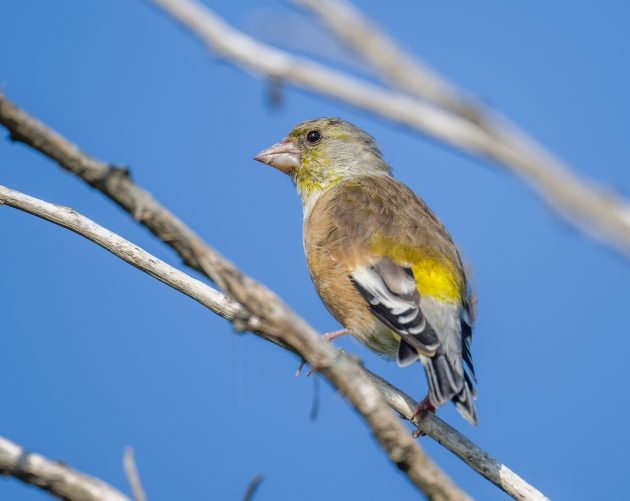
Does a slightly boring-looking bird such as the Asian Brown Flycatcher deserve a paper that is substantially more boring? Apparently, the authors of this paper think so. Or maybe they are quite excited about clarifying that Muscicapa latirostris is the wrong name for this bird while Muscicapa dauurica is right.
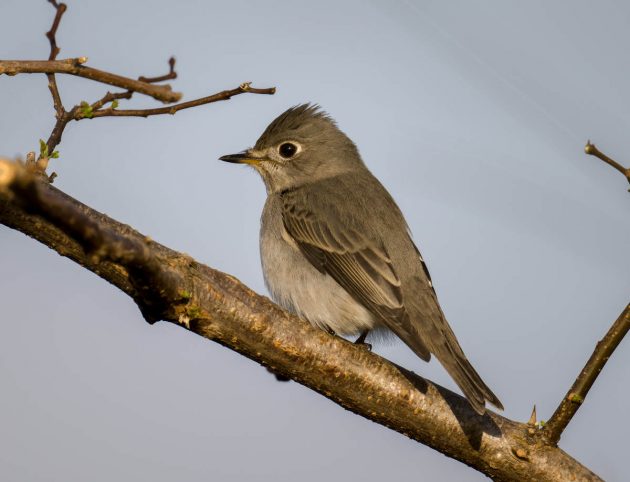
For some butterflies, this bird is not boring but rather the equivalent of a Great White Shark.

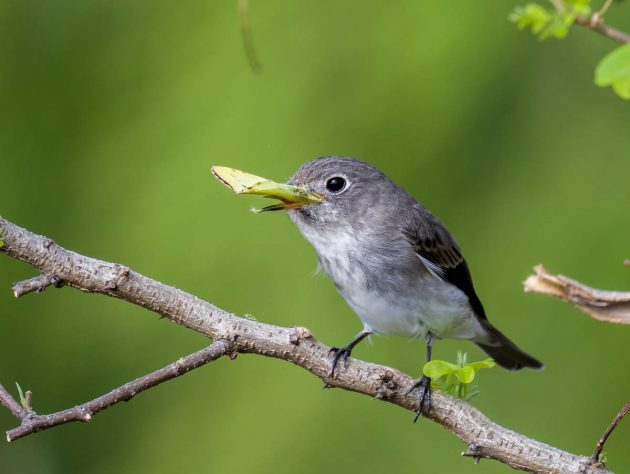
Even among boring birds, there is some level of variation – see this Grey-streaked Flycatcher.
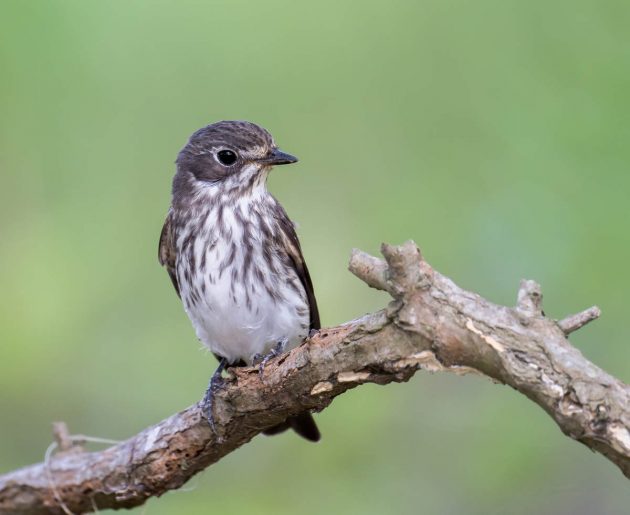
And as the competitive landscape for greyish flycatchers is quite competitive, evolution or god (depending on your background and thinking) has also provided a goth version which is aptly named Dark-sided Flycatcher.
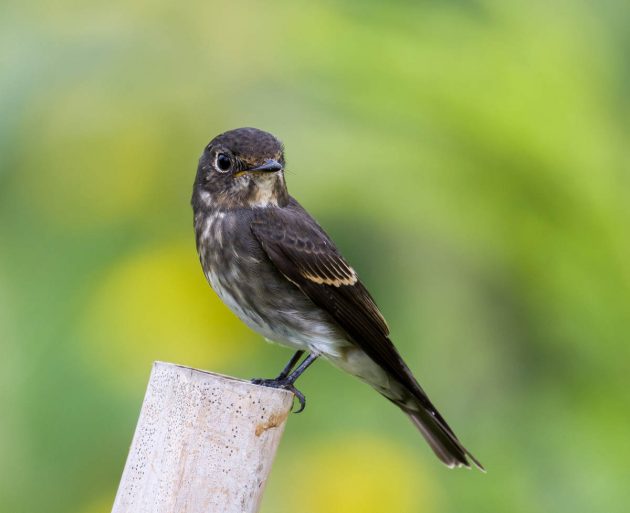
Maybe an expert could even name the colorful breakfast this bird has just had.
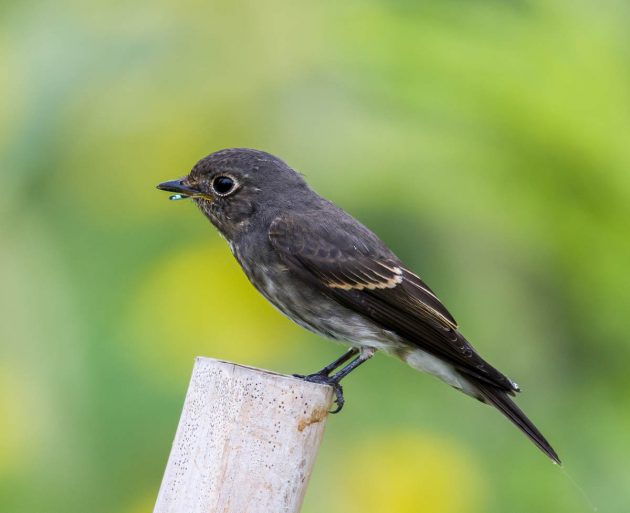
The photo below shows a Sakhalin Leaf Warbler unless, of course, it shows a Pale-legged Leaf Warbler. Your choice.
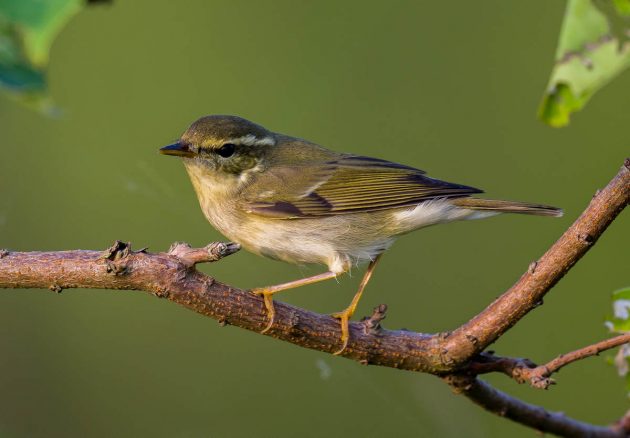
An alternative for those seeking out boring ornithological papers is to read this one on the complete mitochondrial genome of Oriental Pratincole. We never forget that you, the reader, have a choice.
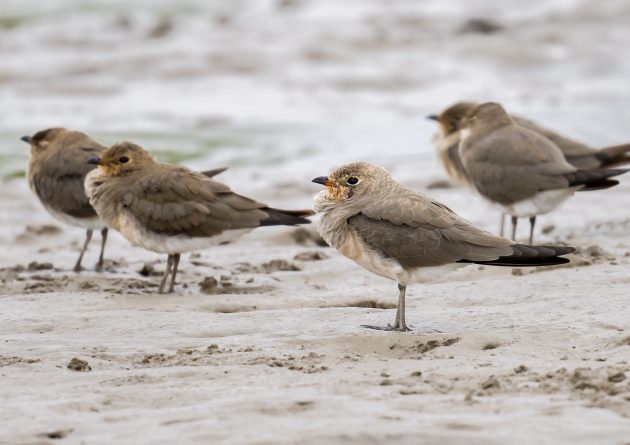
The Light-vented Bulbul used to be restricted to Southern China but has expanded its range in the past few decades. While that alone is not particularly interesting, it seems that the newer, more Northern populations have different dialects with far fewer songs – something that the authors of this paper call the “founder effect”. Kind of like Darwin’s finches, just with sounds, not bird species …
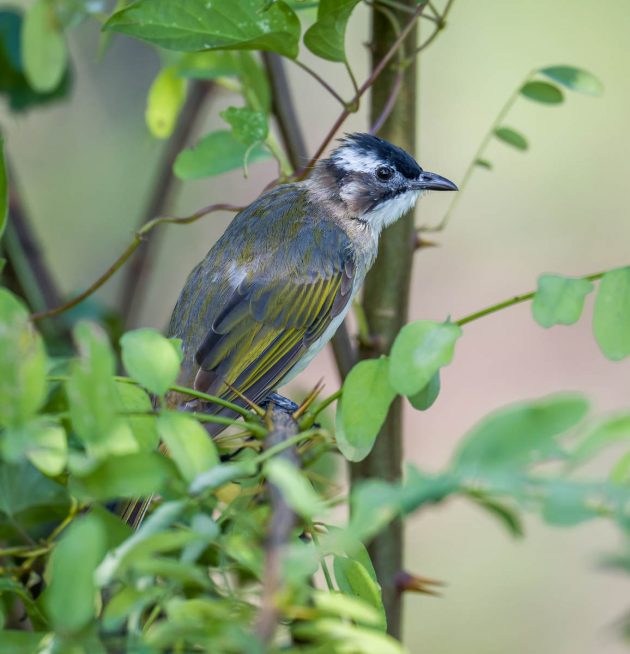
The juvenile bulbuls have the usual “washed a bit too long” look that juvenile birds apparently seem to find fashionable.
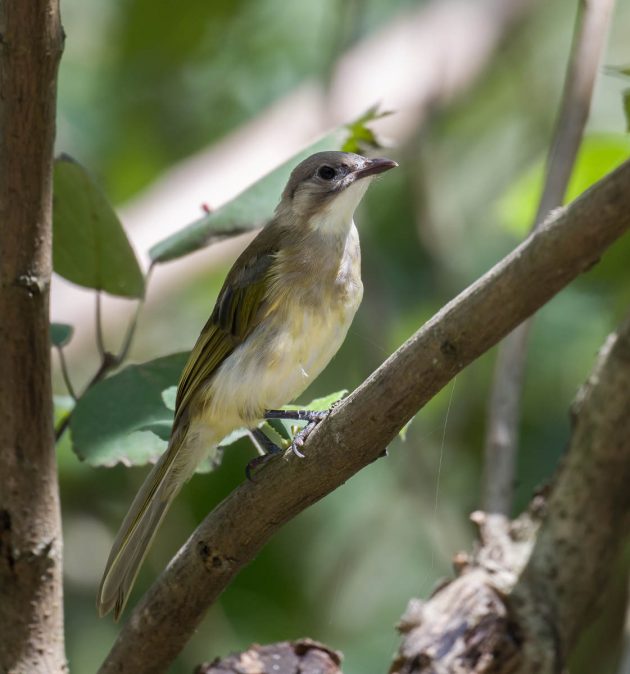
In Common Snipes, apparently, the wing shape is correlated with the migration strategy of individual birds. In a study, birds with wings adapted for efficient migration (pointed/concave wingtips) stayed for shorter times at the stopover site than snipes with a wing shape adapted for predator evasion (rounded/convex wingtips).
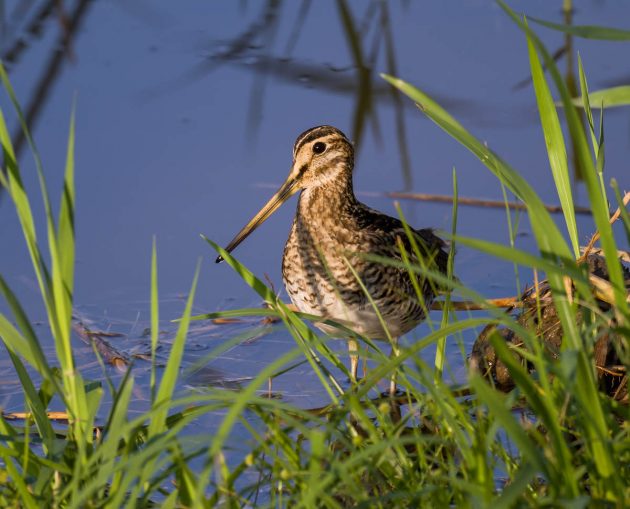
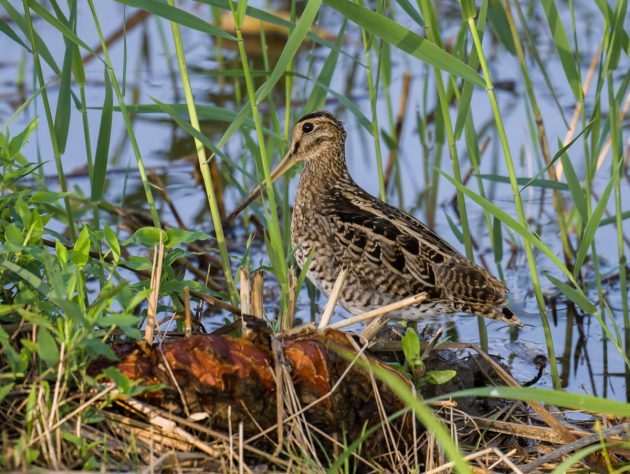
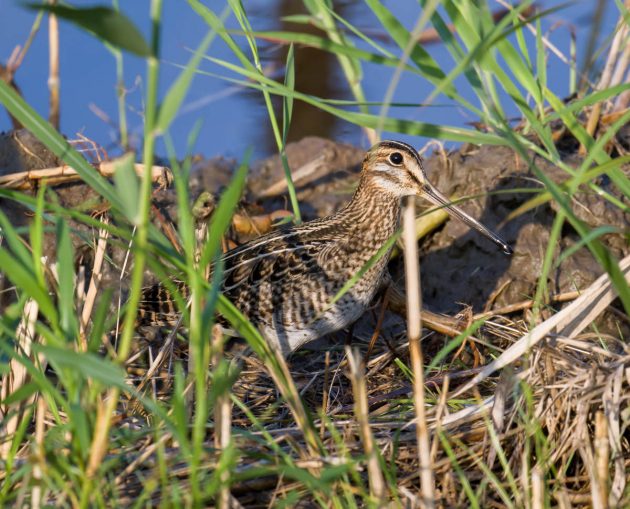
According to the HBW, the Chinese Grosbeak is “widely trapped for the cagebird trade in China”. Shame on the trappers.
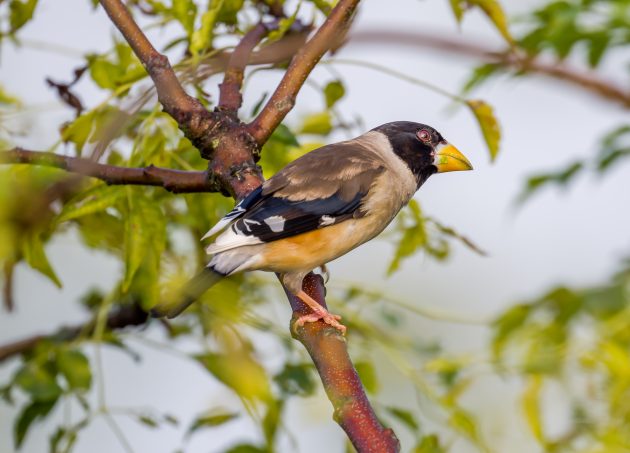
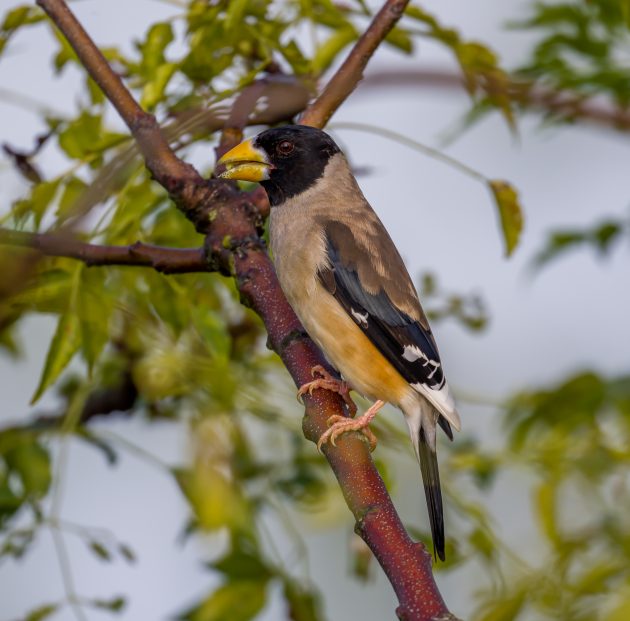
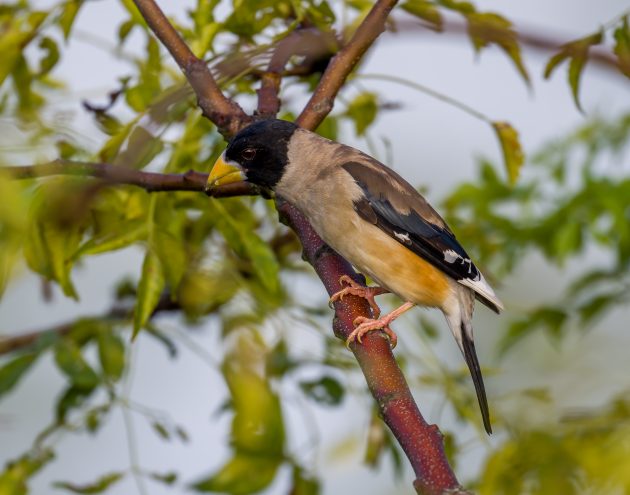
Most likely, this is a Common Cuckoo. An unfortunate role model for some avocets.
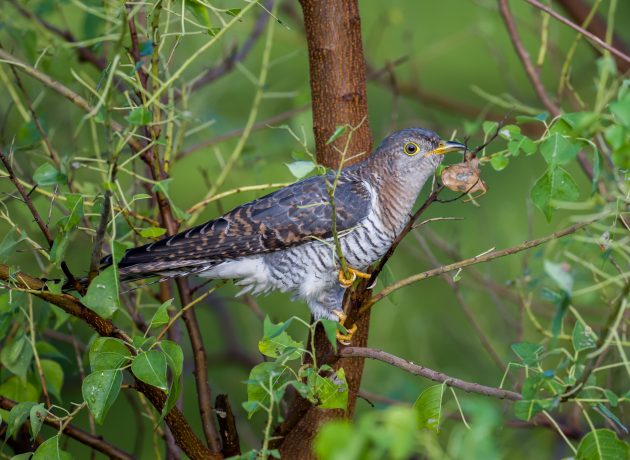
It seems that a lot of ornithological research is based on thinking about what makes sense from an evolutionary standpoint, and then checking whether this actually the case. An example is this study showing that indeed, cuckoo eggs are stronger than the eggs of the host species.
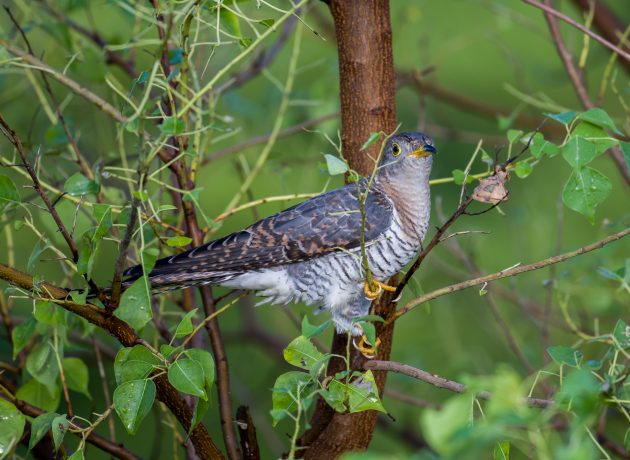
Here’s another cuckoo undergoing a pre-flight check.
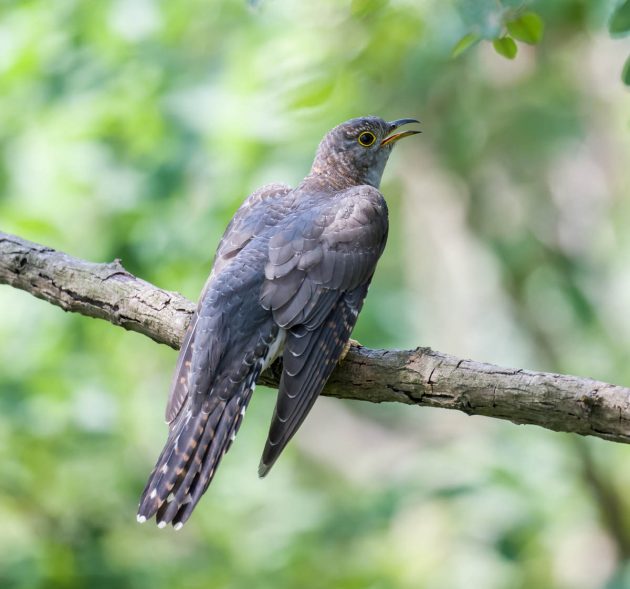
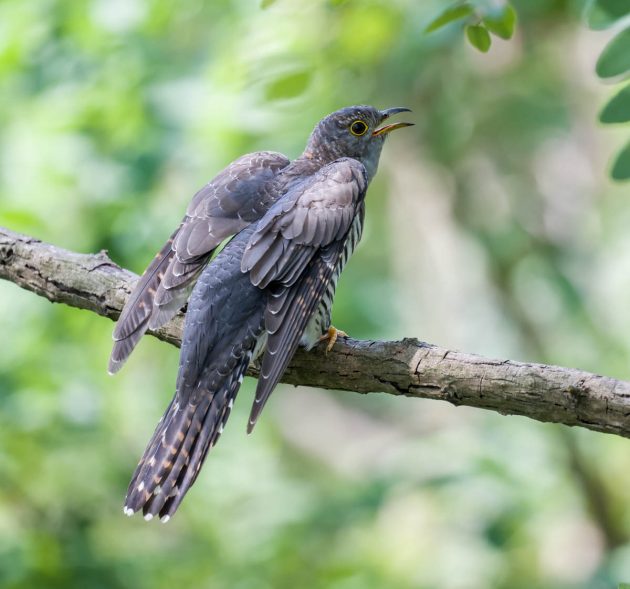
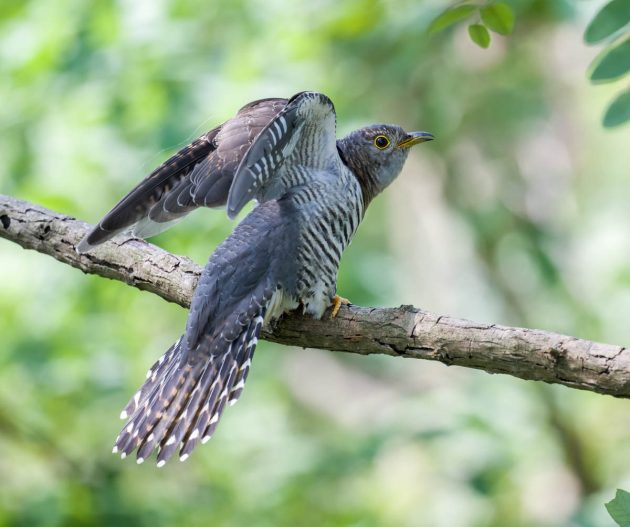
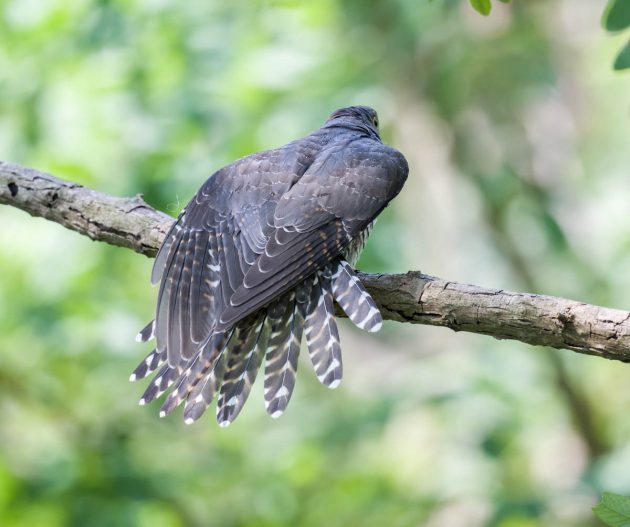
The Chinese name of the Yellow-rumped Flycatcher is Bai mei ji weng, “white-browed flycatcher” – sounds a bit counterintuitive at first but makes sense given that the somewhat similar-looking Narcissus Flycatcher also has a yellow rump but a yellow brow.
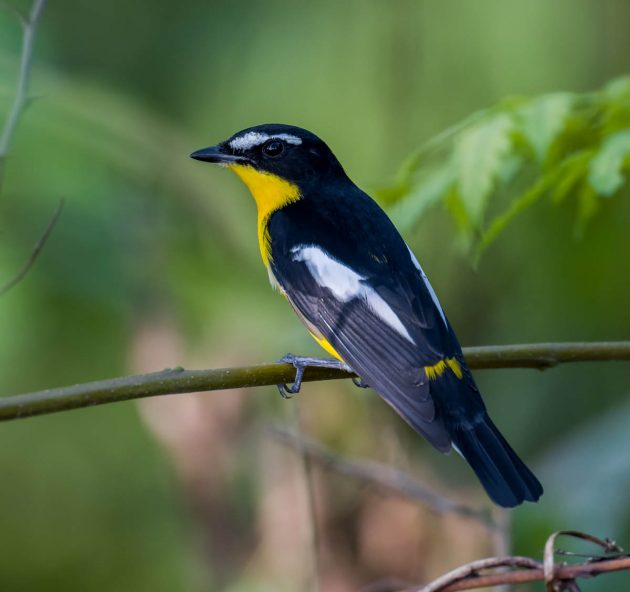
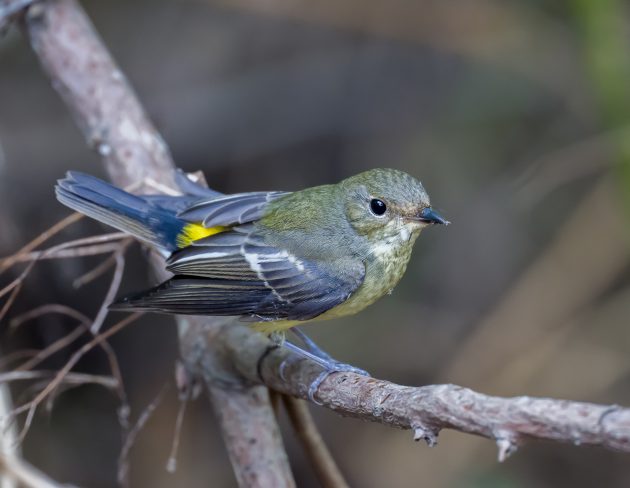
Some more flycatchers: Mugimaki Flycatcher …
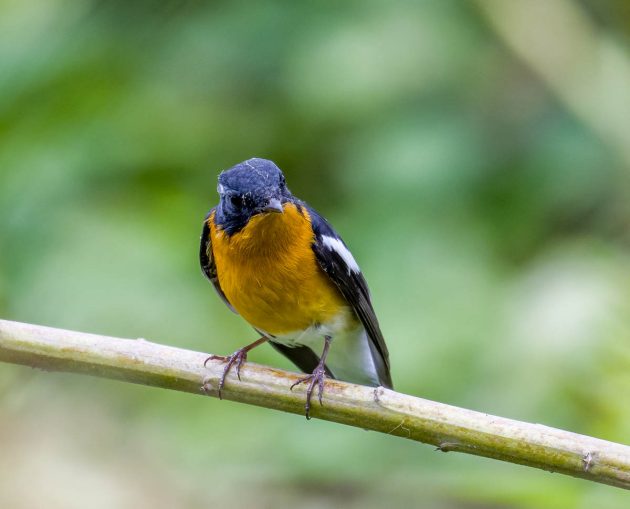
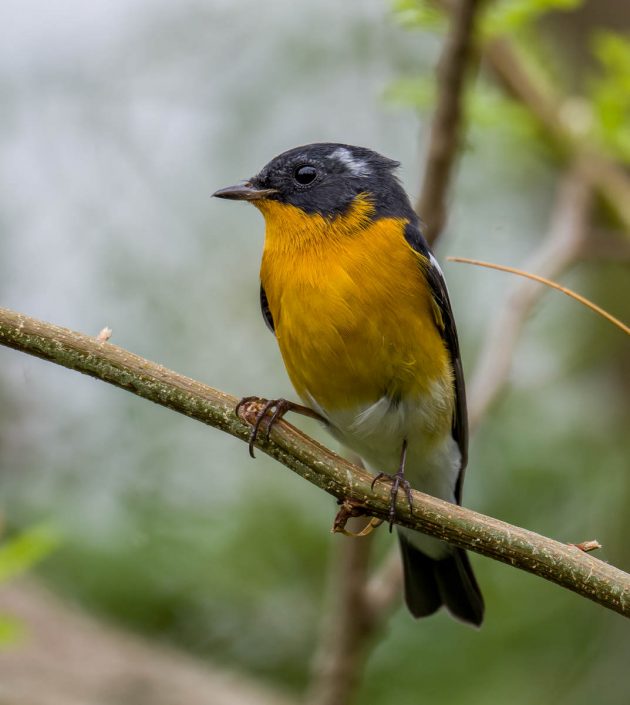
… and Taiga Flycatcher.
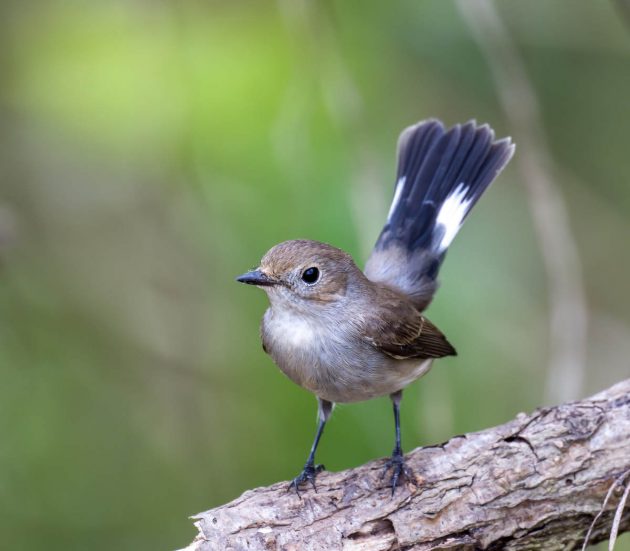
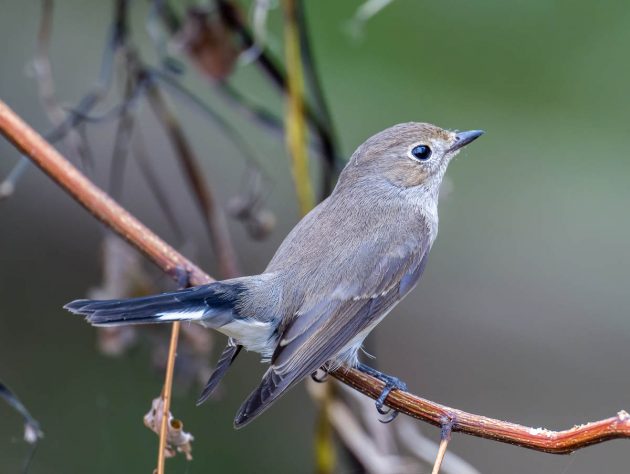
eBird describes the Siberian Blue Robin as a “slender, long-legged songbird with a ‘crouched’ profile. Not sure I can see the ‘crouched’ but hey, it is a beautiful bird.
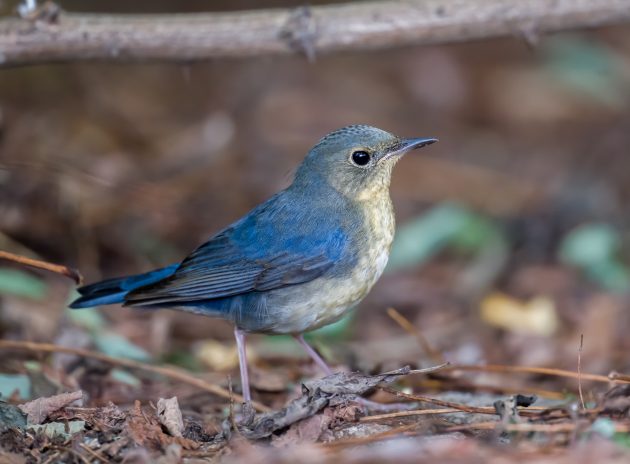
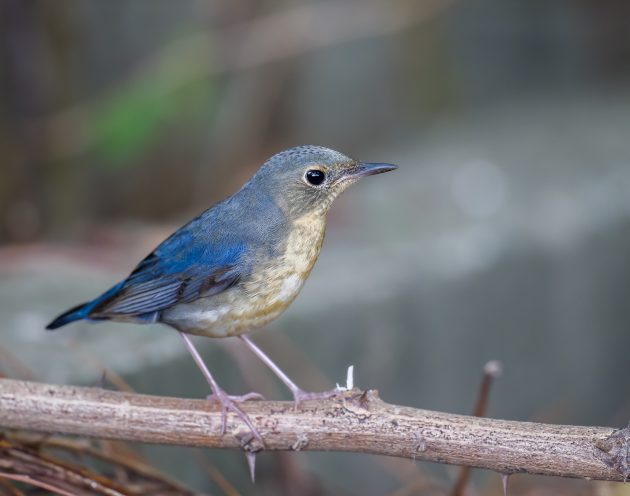
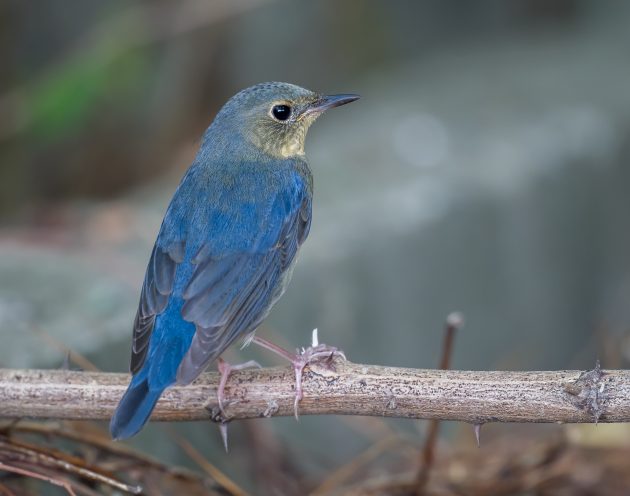
Little Egrets were actually mentioned in a recent edition of The Economist – in an article highlighting their increased population in Britain. Poor Britons – Brexit did not protect them from being invaded by birds from the continent.
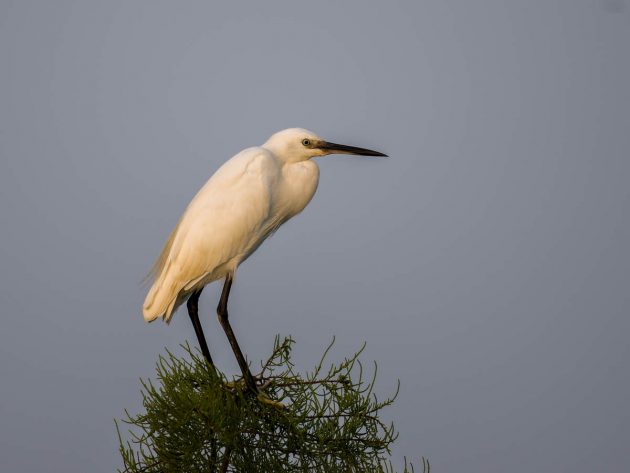
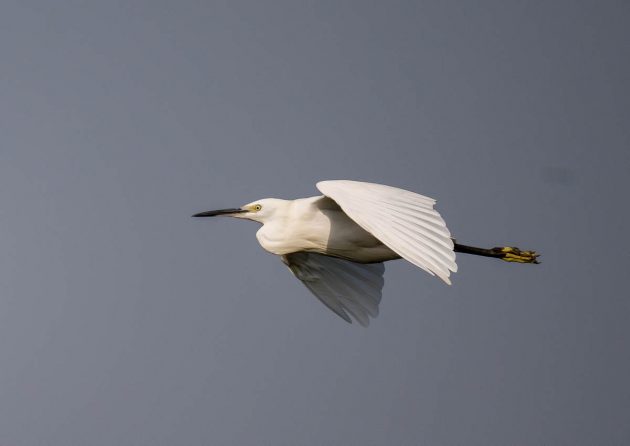
The Green Sandpiper is another bird with a name that makes one wonder about the sanity of early naturalists. The book “Australian Bird Names – A Guide” wrily remarks that the name is “Best explained by a vivid imagination – in the right light it might appear greenish-brown …”. The Latin species name ochropus is not that much better – it means pale yellow-footed, which while not entirely wrong is not a strong feature of the species either.
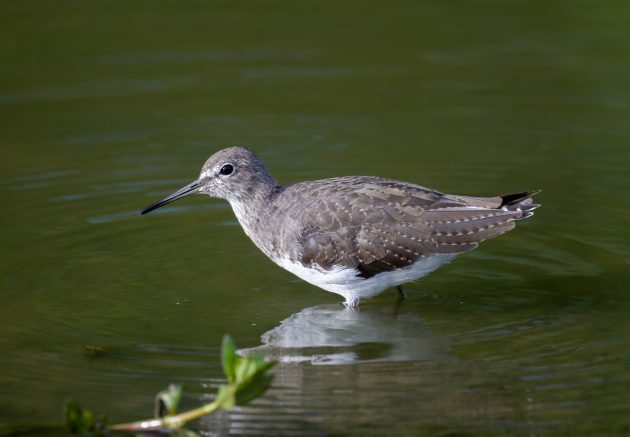
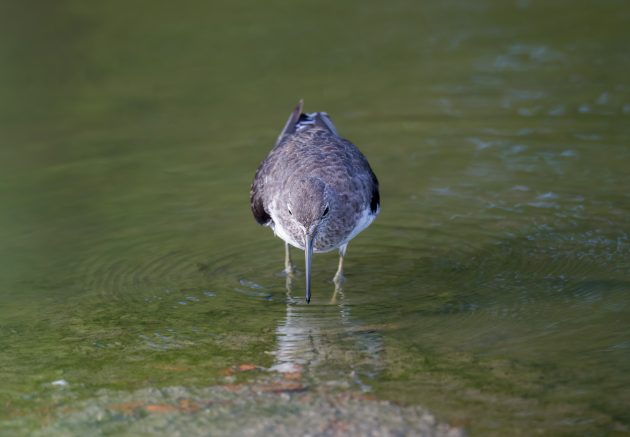
In our regular section of birds that went out without carrying an umbrella (maybe they are male birds with a stupid notion – similar to mine – that carrying an umbrella is kind of effeminate), today we have Light-vented Bulbul (again) …
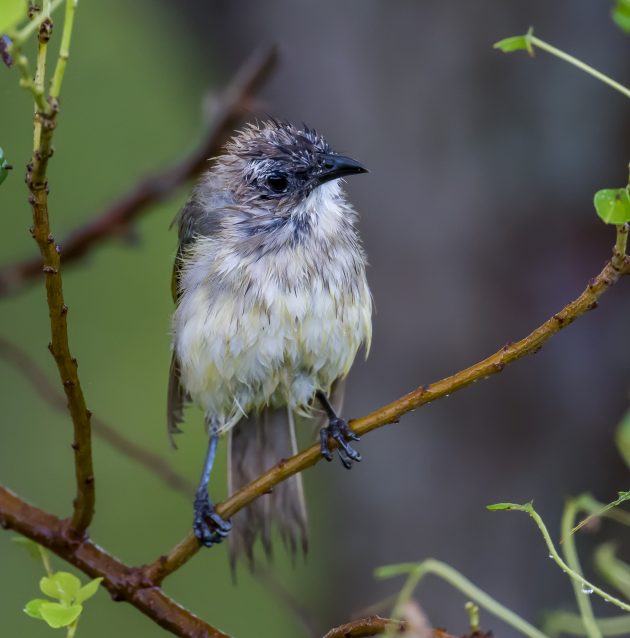

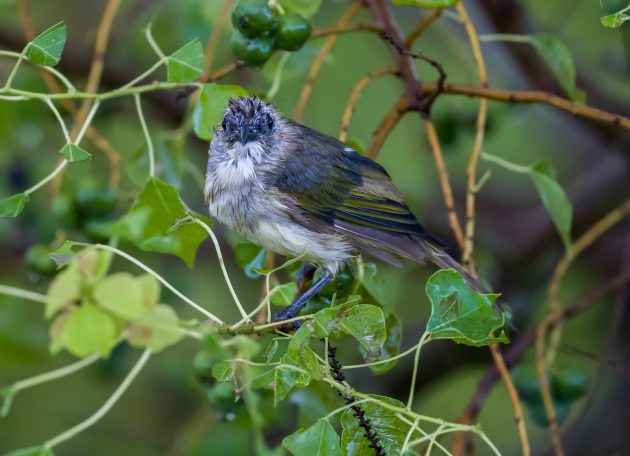
… White-cheeked Starling …
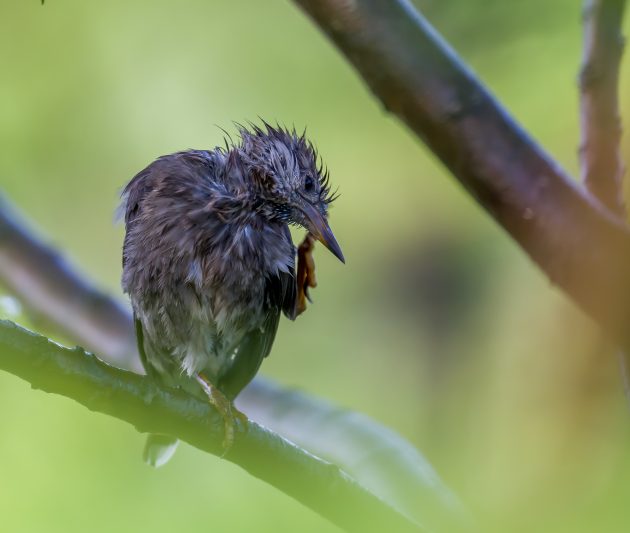
… Oriental Magpie-robin …
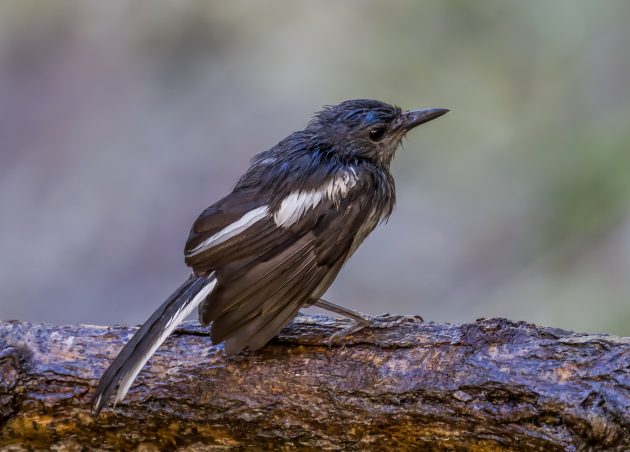
… and Brown Shrike.
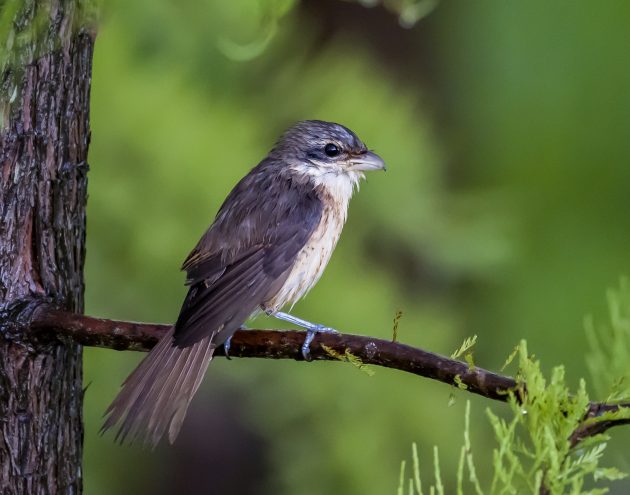
Shrikes are known to impale some of their victims to eat them later. Most likely, this is what the photo below shows.
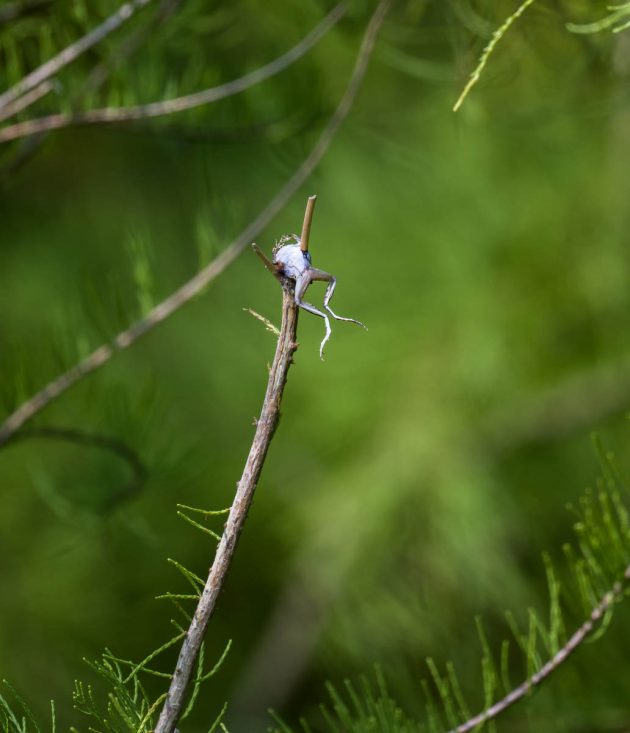
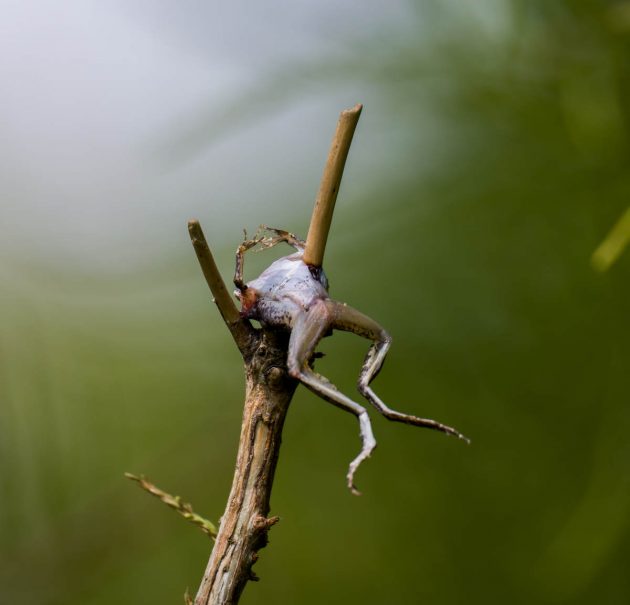
Indeed, the German name of one shrike species (the Red-backed Shrike) is “Neuntoeter”, “Killer of nine”, which is derived from the folk thought that the bird would first kill 9 prey items before eating one. Well, trust the Germans to come up with a legend like that.
Nanhui shrikes in September included Brown Shrike …
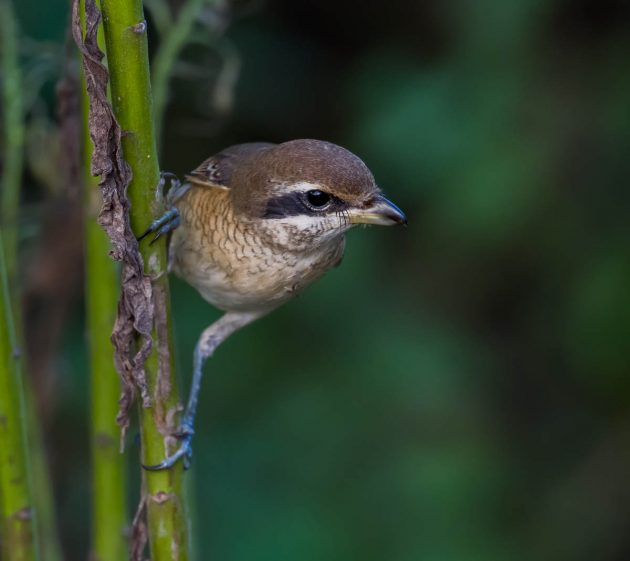
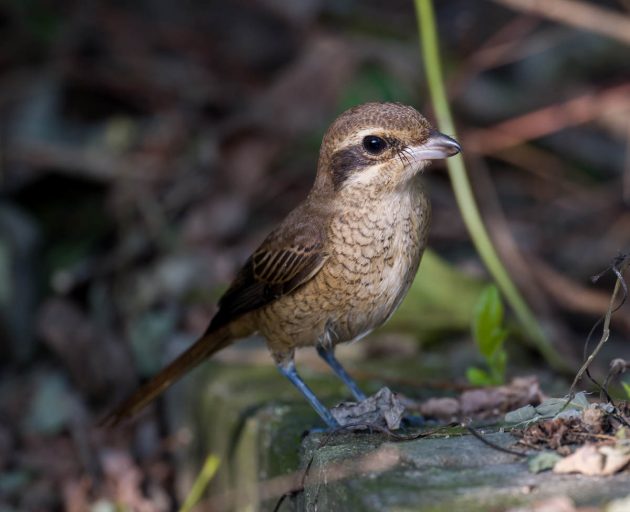
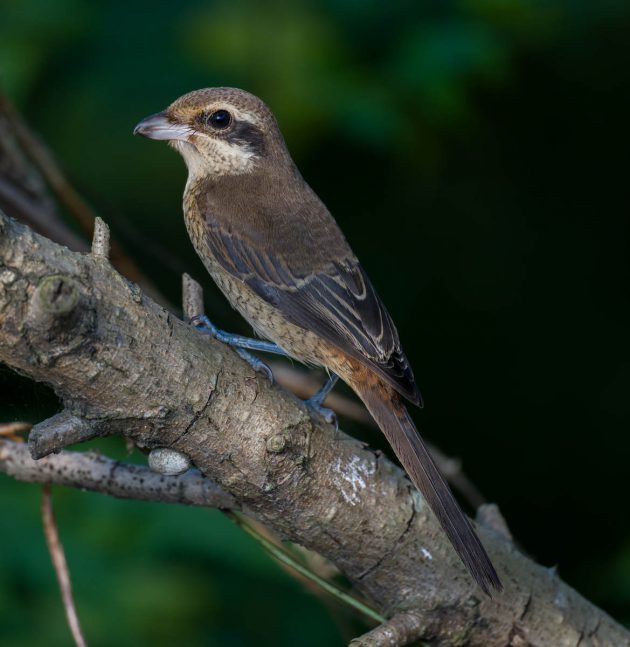
… Tiger Shrike …
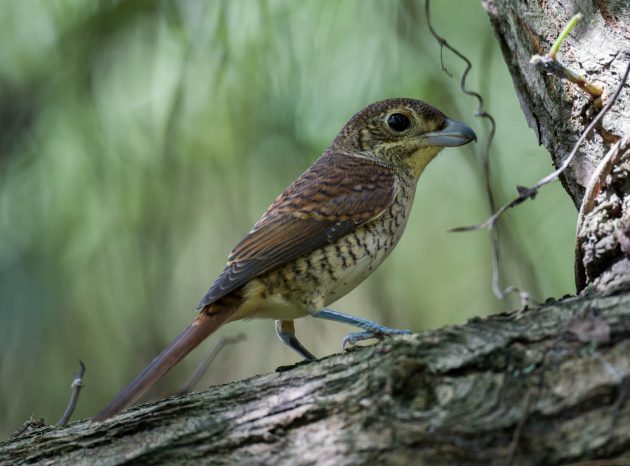
… Bull-headed Shrike …
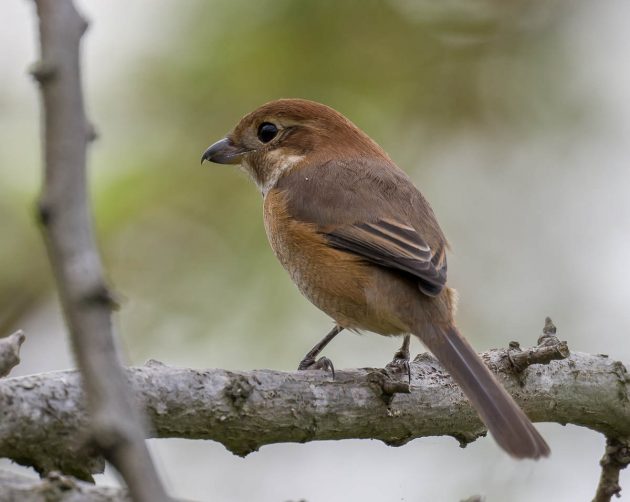
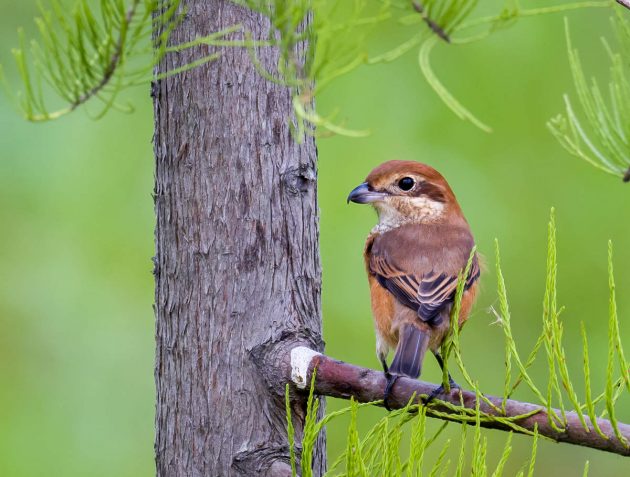
… and of course the resident Long-tailed Shrike.
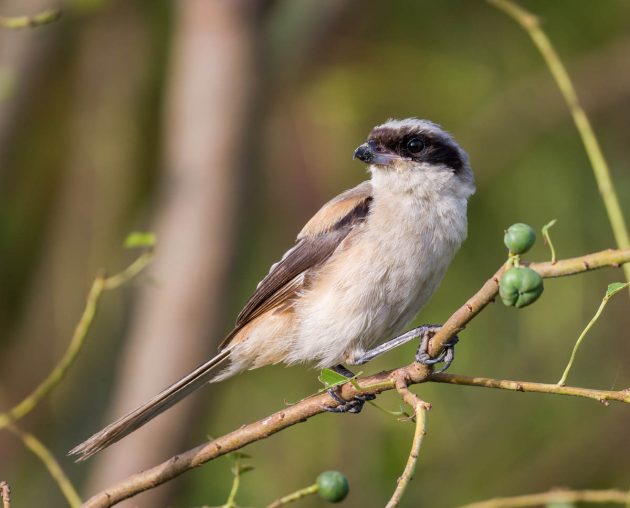
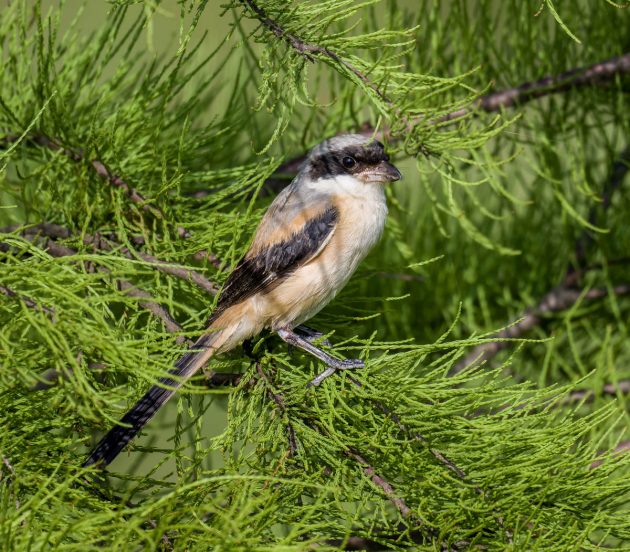
The Ashy Drongo is another candidate for a future (probably not forthcoming) edition of a post on cartoon birds.
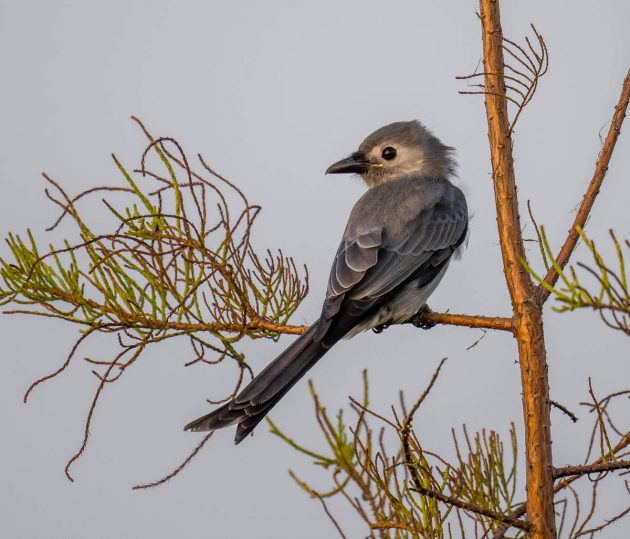
Though of course, many insects will fail to see the humor of such a post.
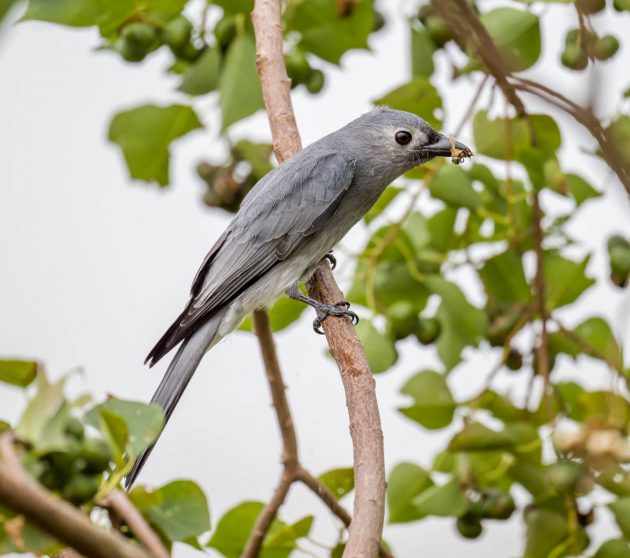
In fitting with its natural habitat, this Blue Rock Thrush posed on a pile of concrete pillars stacked up next to the road. At least one bird that still feels at home at Nanhui.
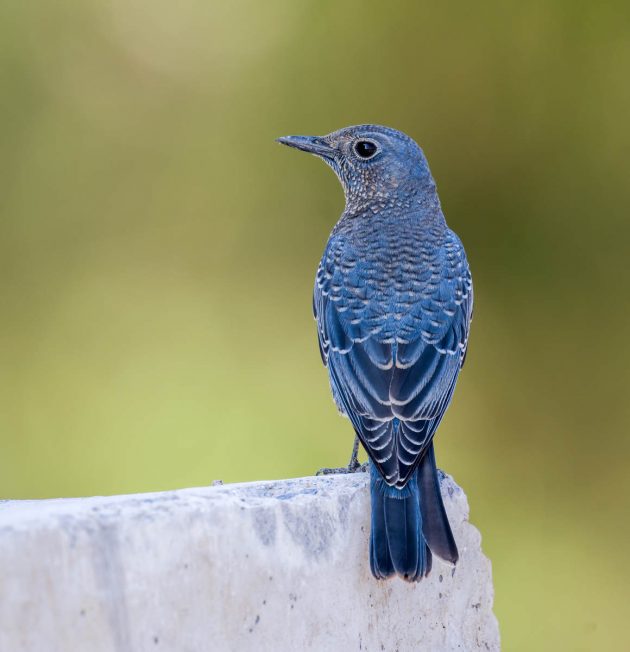
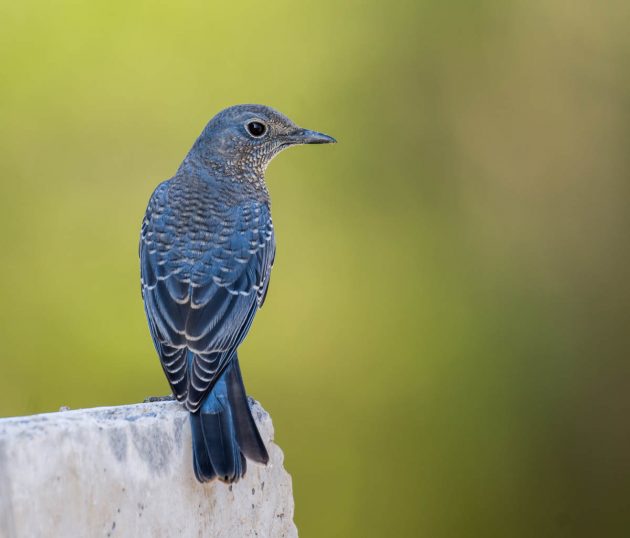
In contrast, this Whimbrel would probably rather walk on mud than on concrete. Not easy at Nanhui these days though.
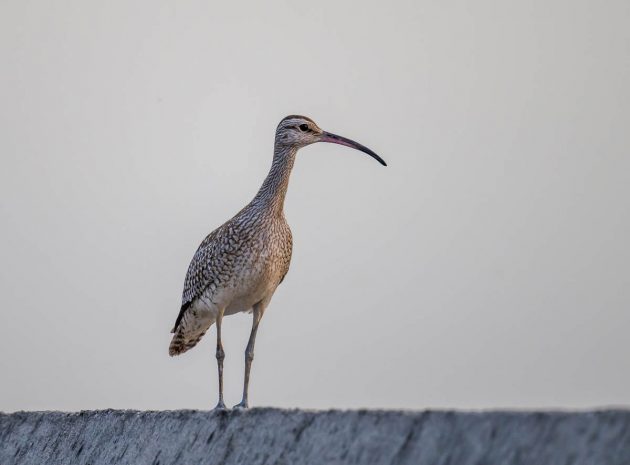
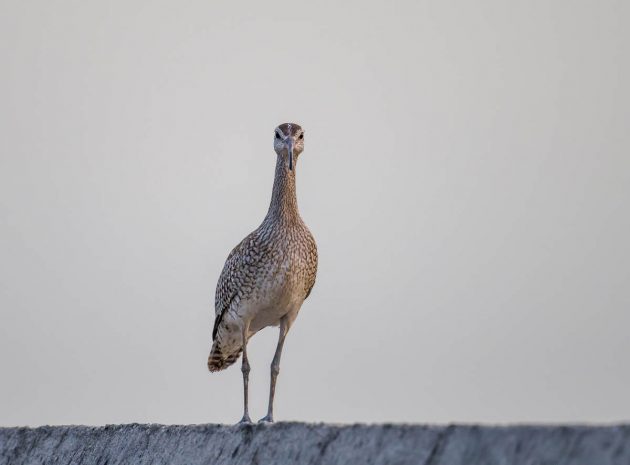
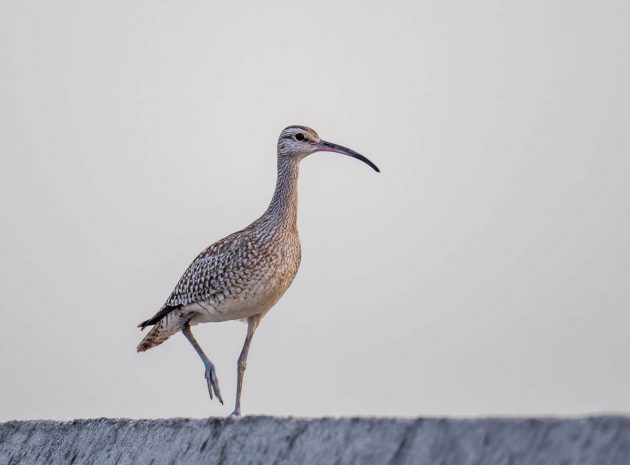
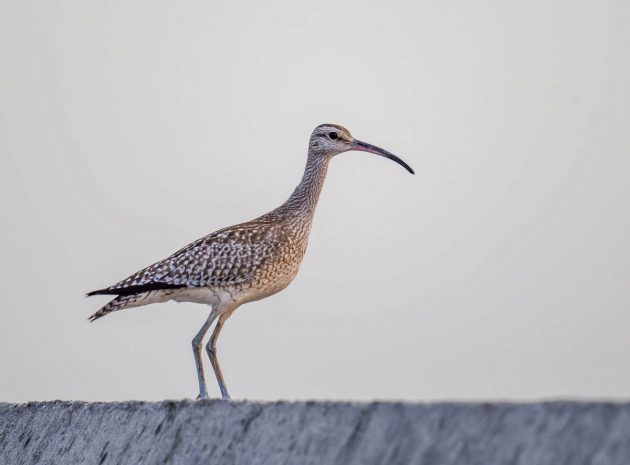
This juvenile Black-naped Oriole may even have been born in Shanghai as this species breeds here in summer.
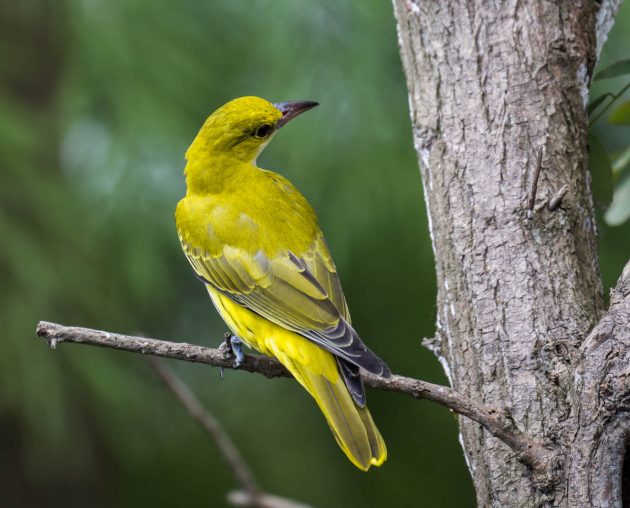
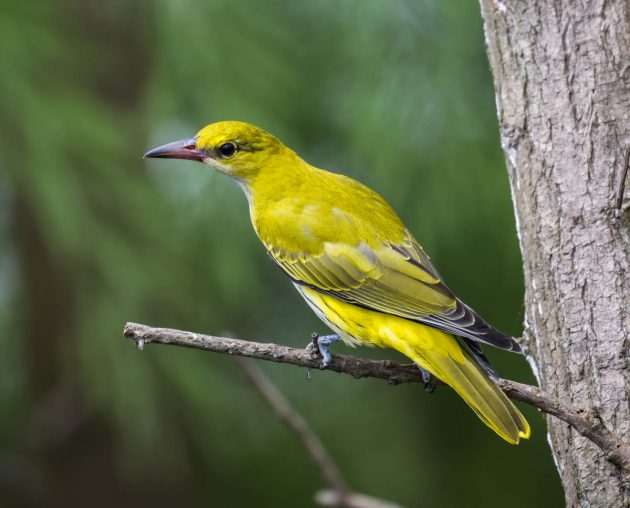
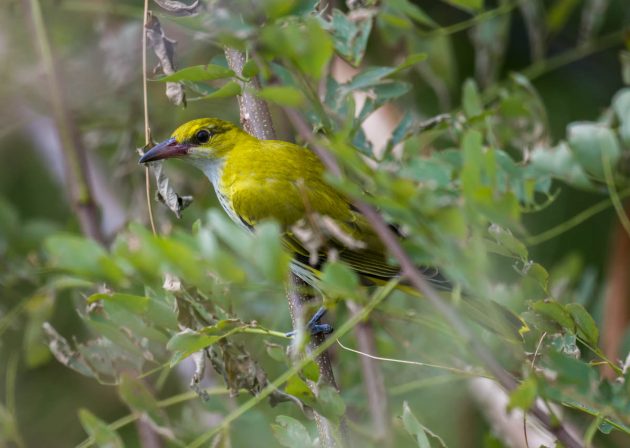
While the male Siberian Thrush looks elegant, the female (shown here) is much better camouflaged.
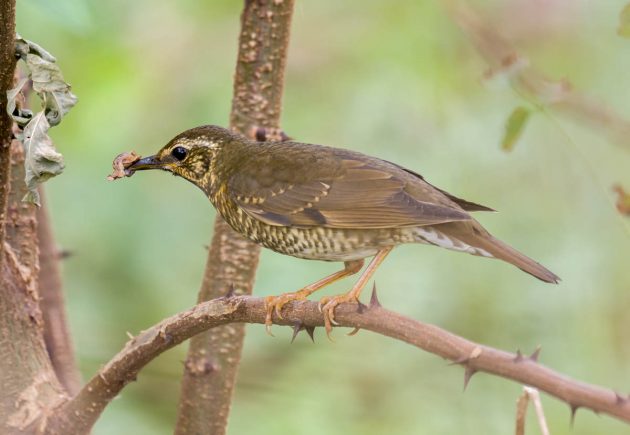
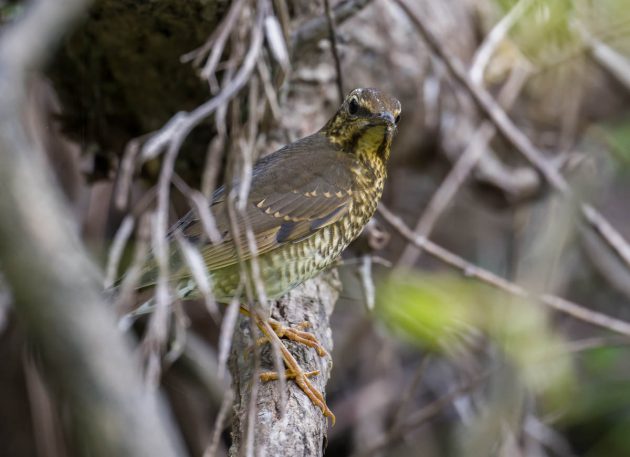
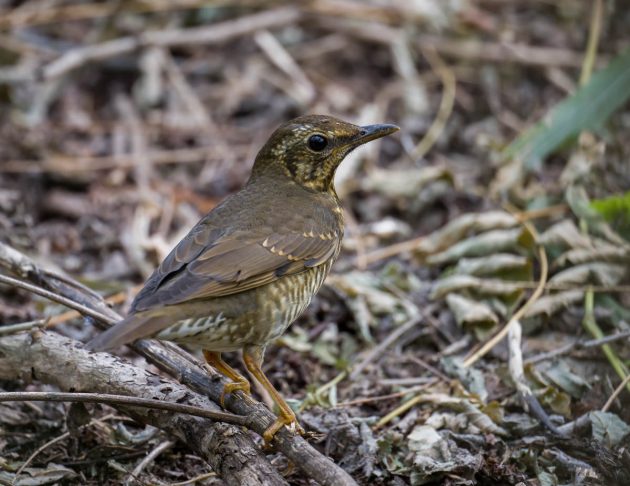
The juvenile male does not quite reach the elegance standards of the adult male.
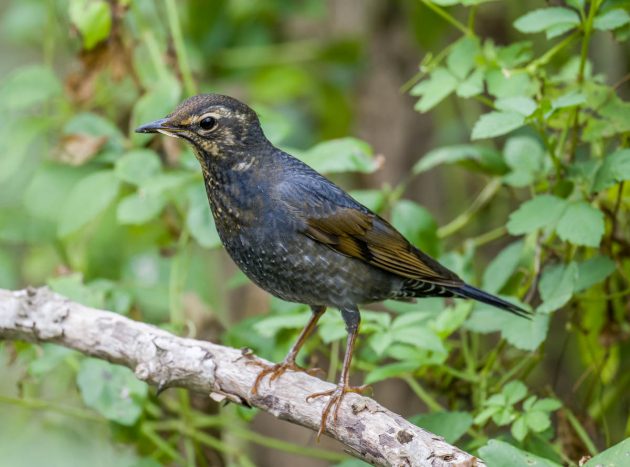
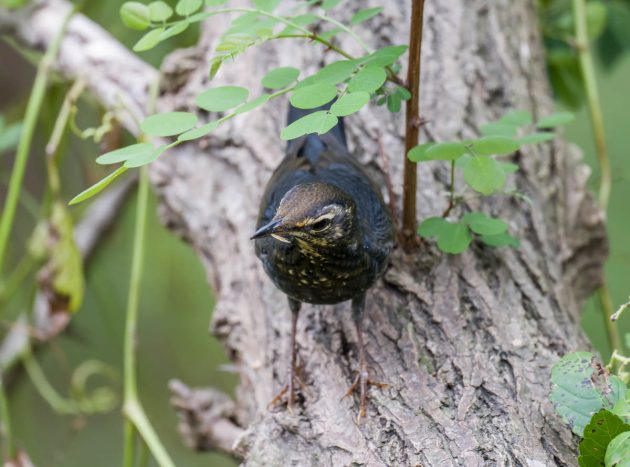
According to “The Bird Name Book”, the name of the Eurasian Wryneck (Jynx torquilla) “originated in the late 1500s, in the compound formation of the words wry and neck, the word wry meaning ‘distorted, contorted or twisted to one side’.” The book also states that “The Ancient Romans and Greeks traced the bird’s mythological origins to a sorceress named Lynx who was transformed into a wryneck as punishment for a spell she cast on Zeus.” Lesson learned for all of us: do not cast spells on Zeus.
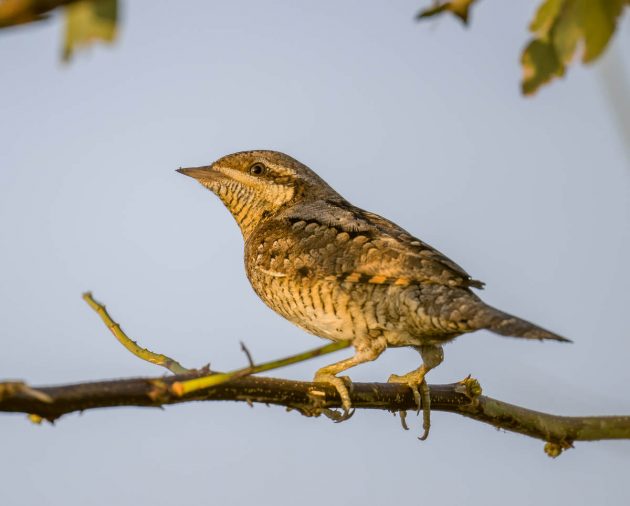
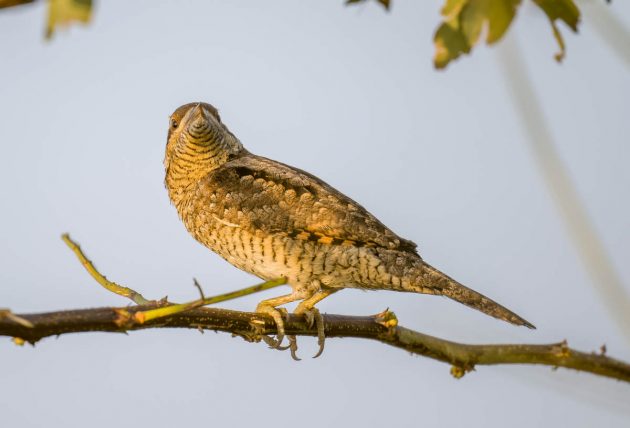
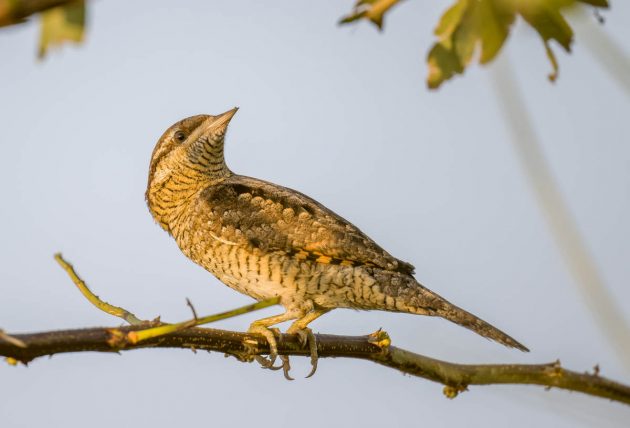
When wrynecks resent being photographed, they typically indicate this with their tongue.
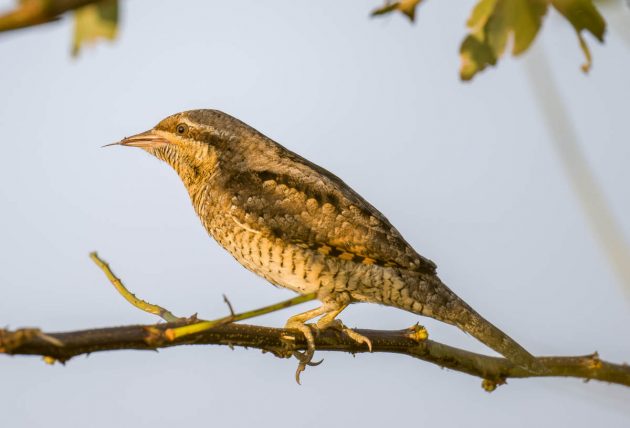
Yes, the Oriental Dollarbird was the cover star of last month’s Shanghai post but I saw it again this month, and it is such a beautiful bird …
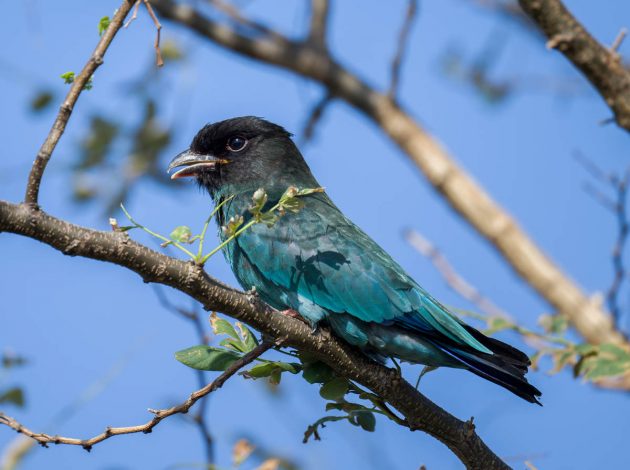
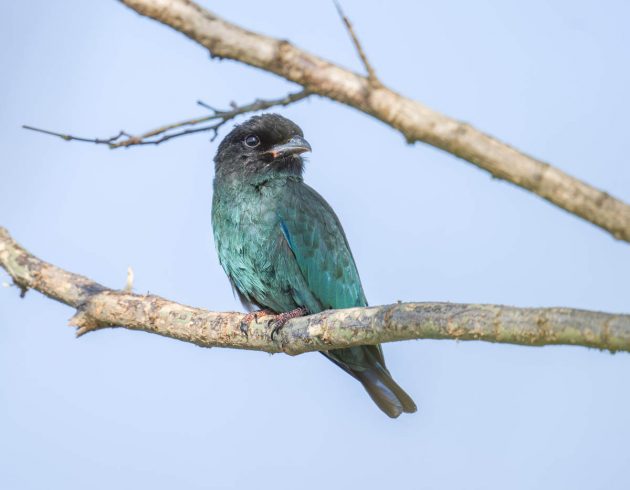
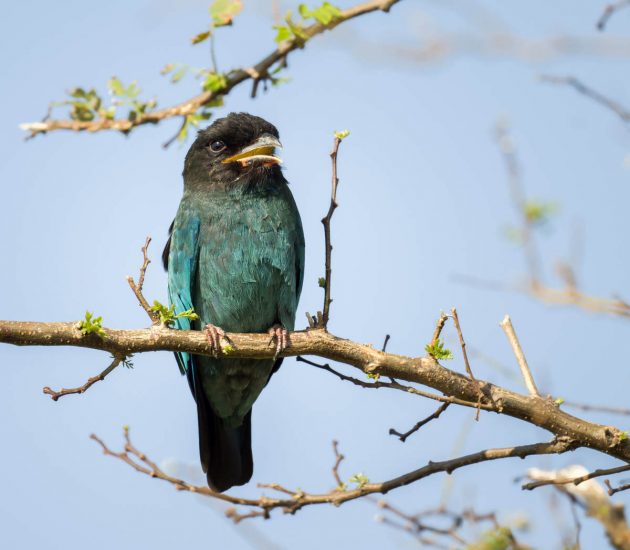
At the end of September, the first winter visitors arrive in Shanghai – such as the White’s Thrush.
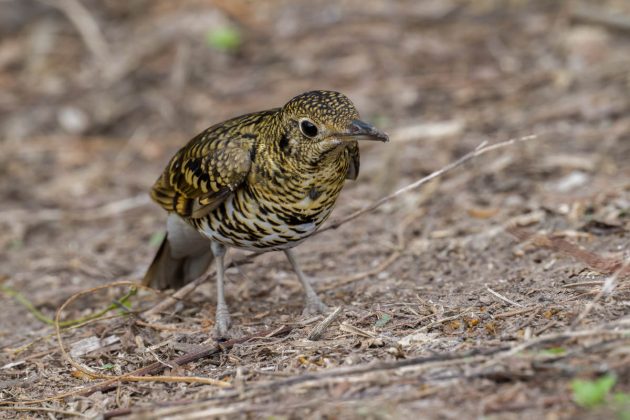
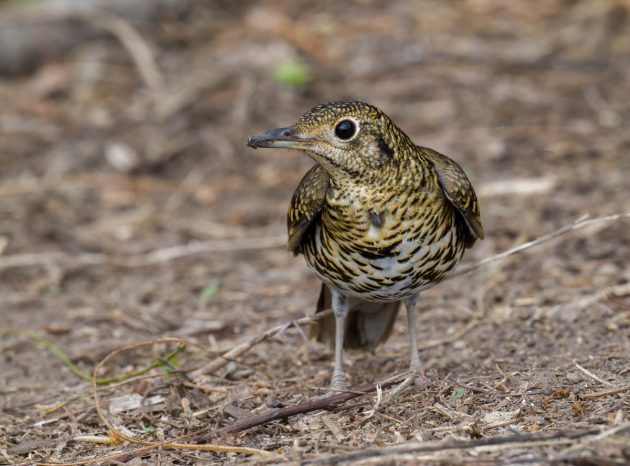
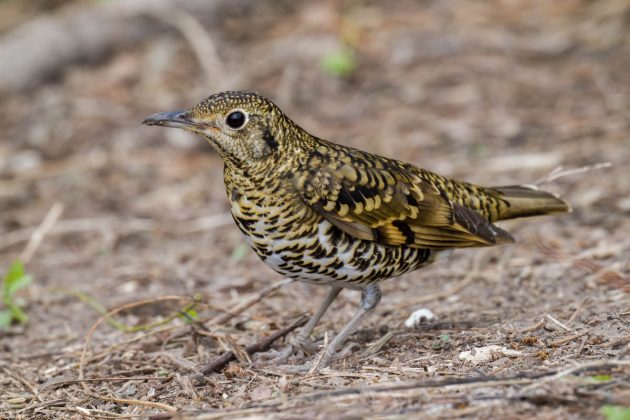
In contrast, the Yellow-breasted Bunting only passes through on migration. The HBW states that “many stop in Yangtze Valley (China) to moult” – if they ever need a photo illustrating this, maybe they can use this one?
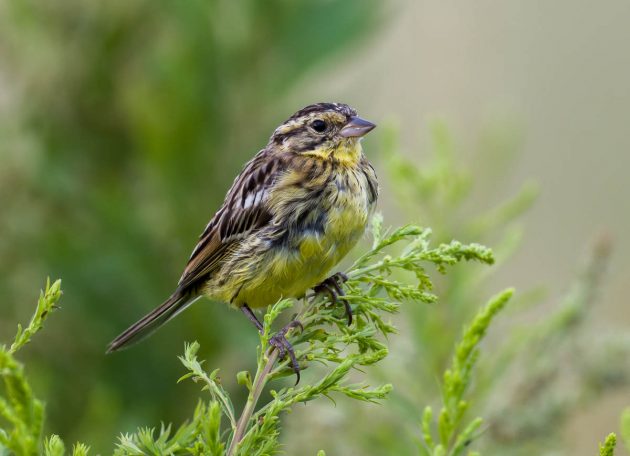
The other information on this species is much sadder. It is listed as Critically Endangered, and the HBW explains why: “Flocks roosting in reedbeds are flushed and then caught in mist-nets, cooked and sold as food (described as ‘sparrows’ or ‘rice-birds’); this practice, previously restricted to small area of S China, has become more widespread … In addition, each year, in China, thousands of males are killed, stuffed and sold as mascots, their presence in the home being believed to bring happiness to the human occupants.” A weird concept of happiness brought on by killing innocent birds, if you ask me (which of course nobody does).
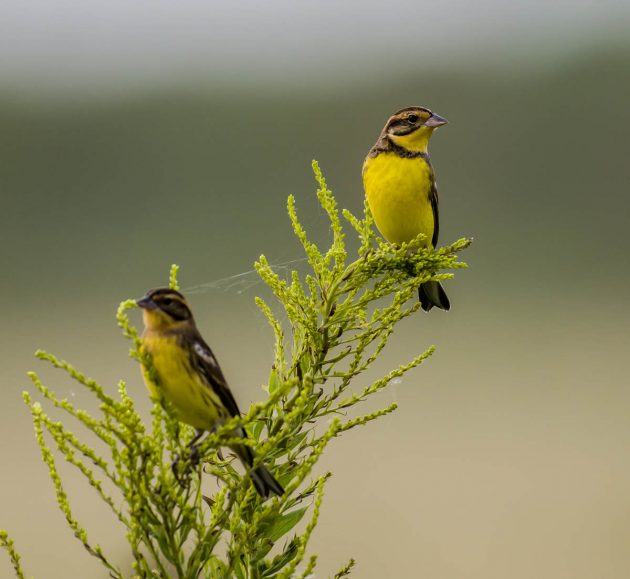
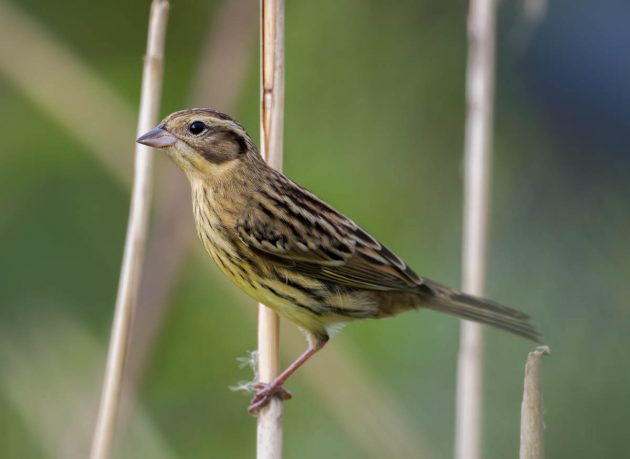
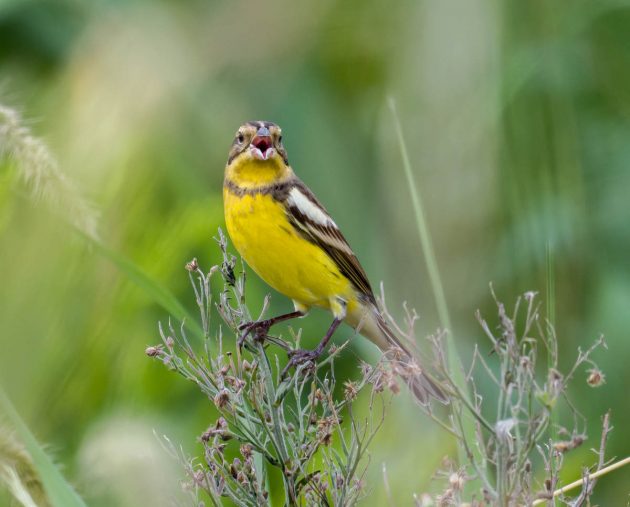
A Chinese friend told me that some people in China now catch and eat Little Buntings instead. I wonder whether this counts as progress.
Economist articles usually end with a predictable and rather lame joke or wordplay. This blog post ends with the photographic equivalent of this formula (Common Sandpiper).
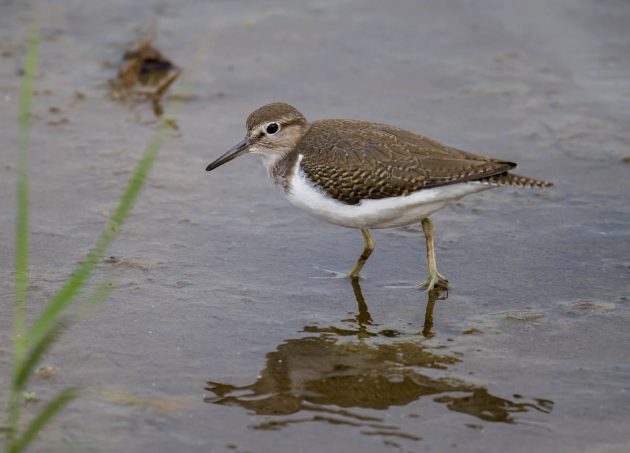
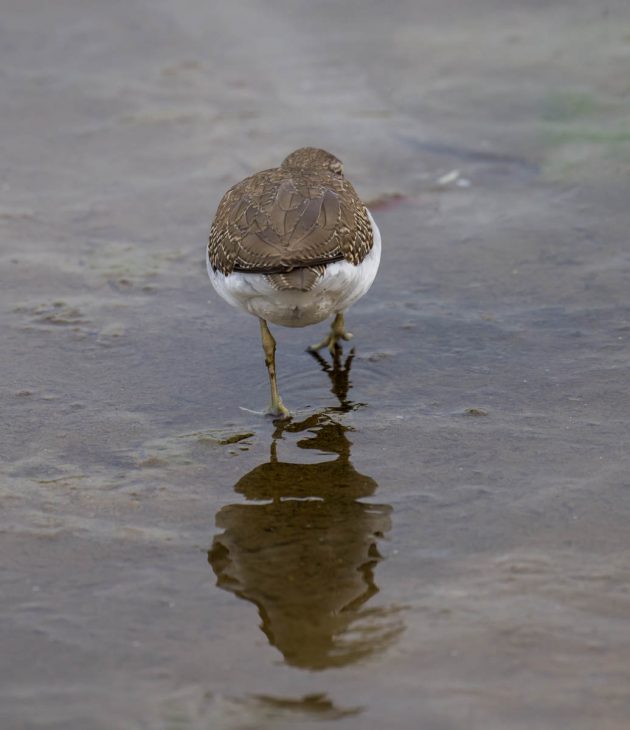











Leave a Comment